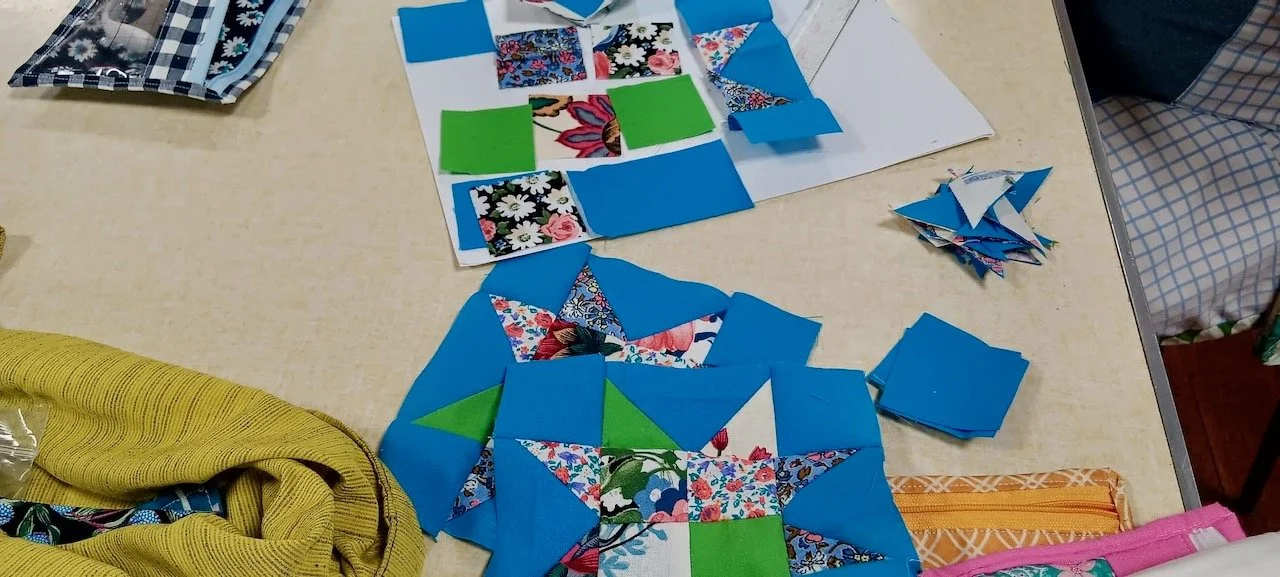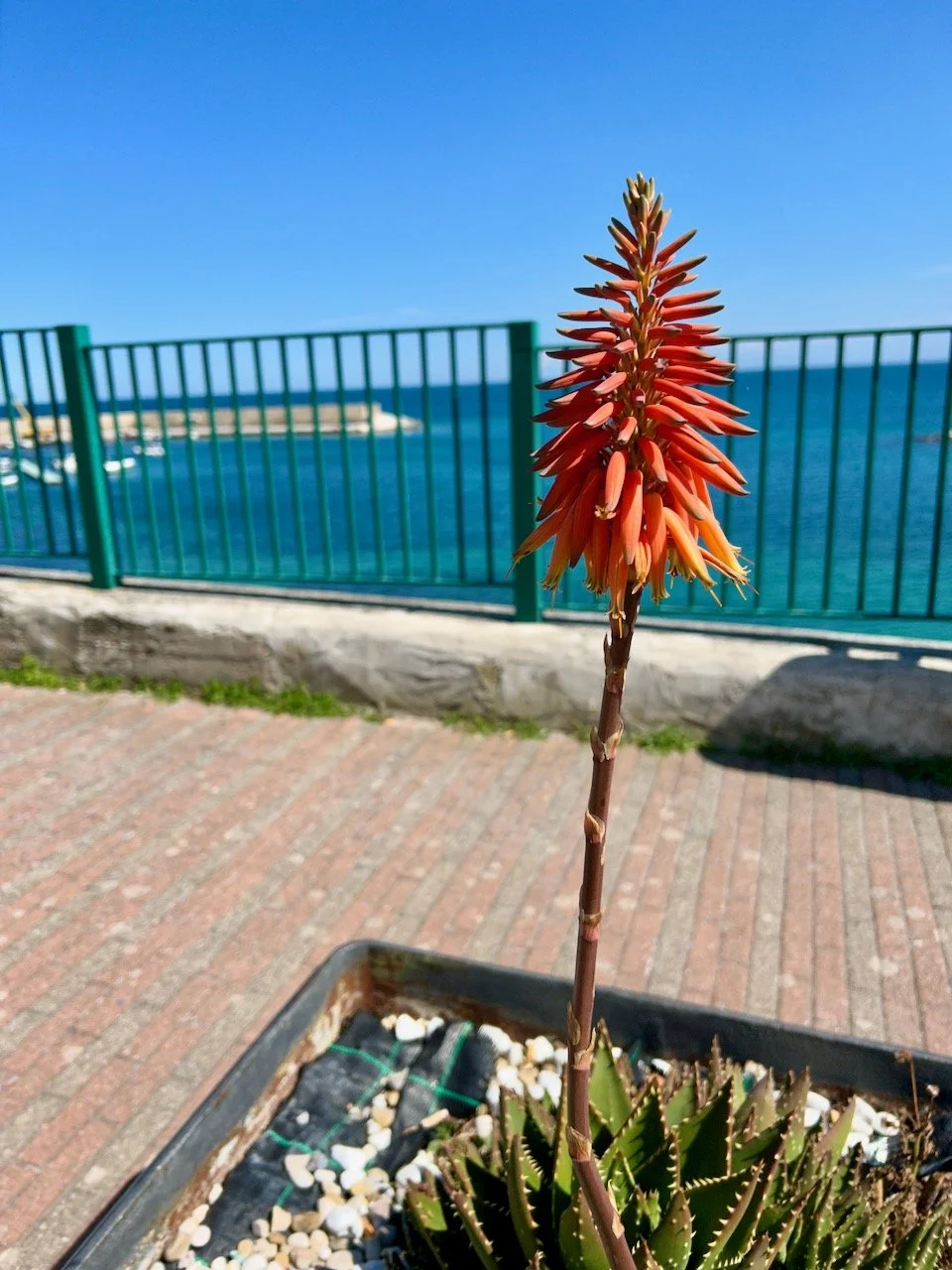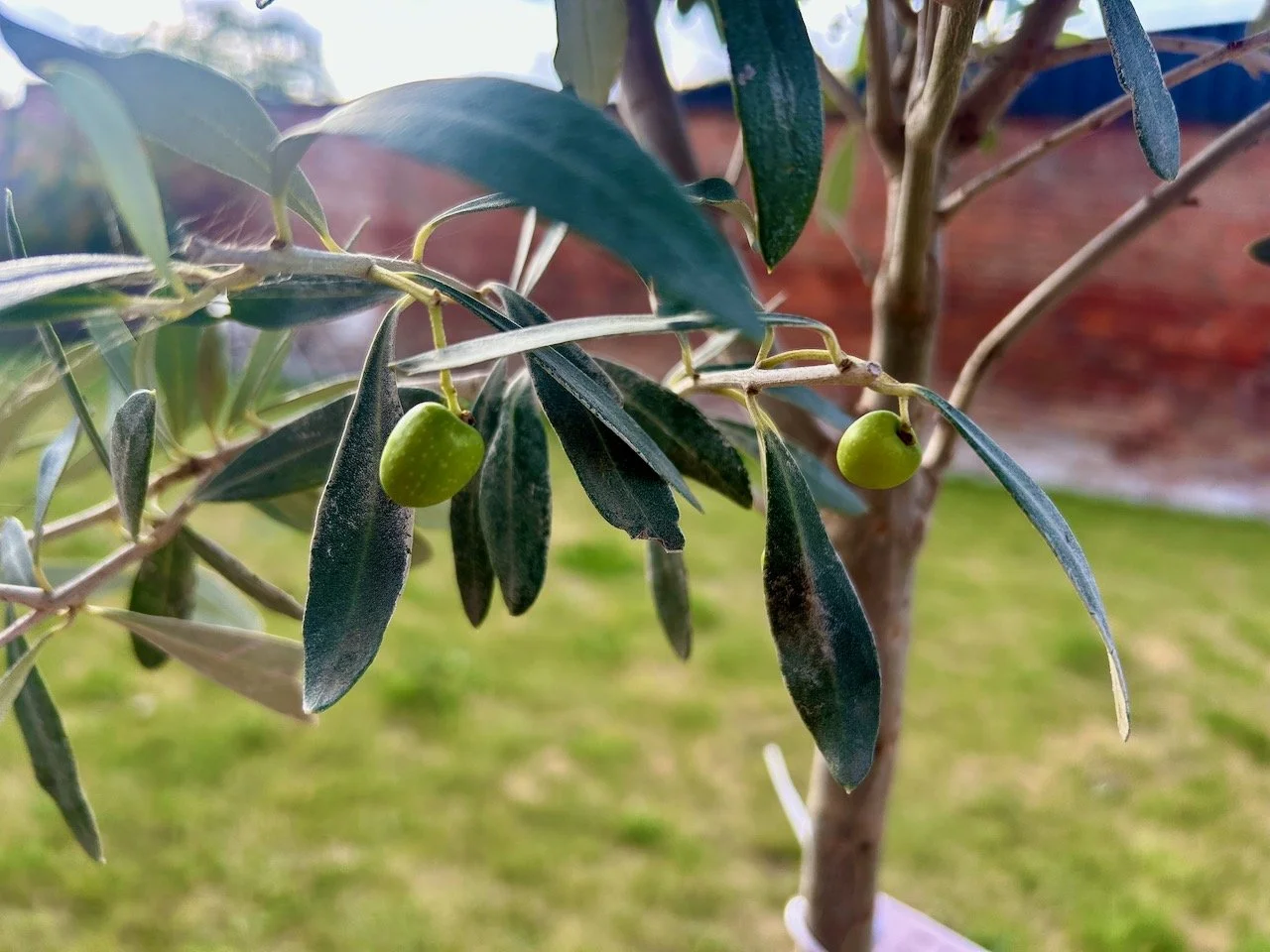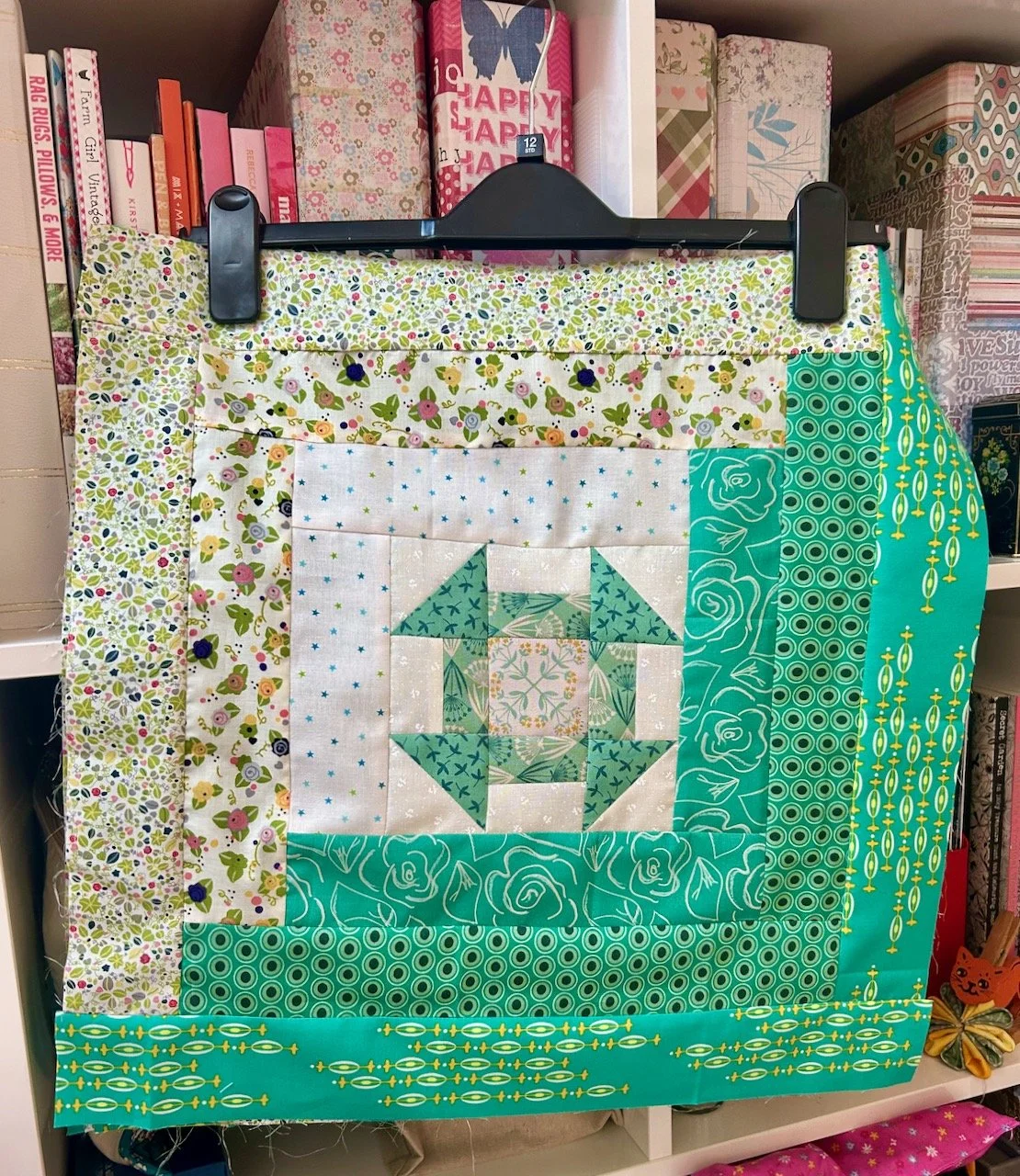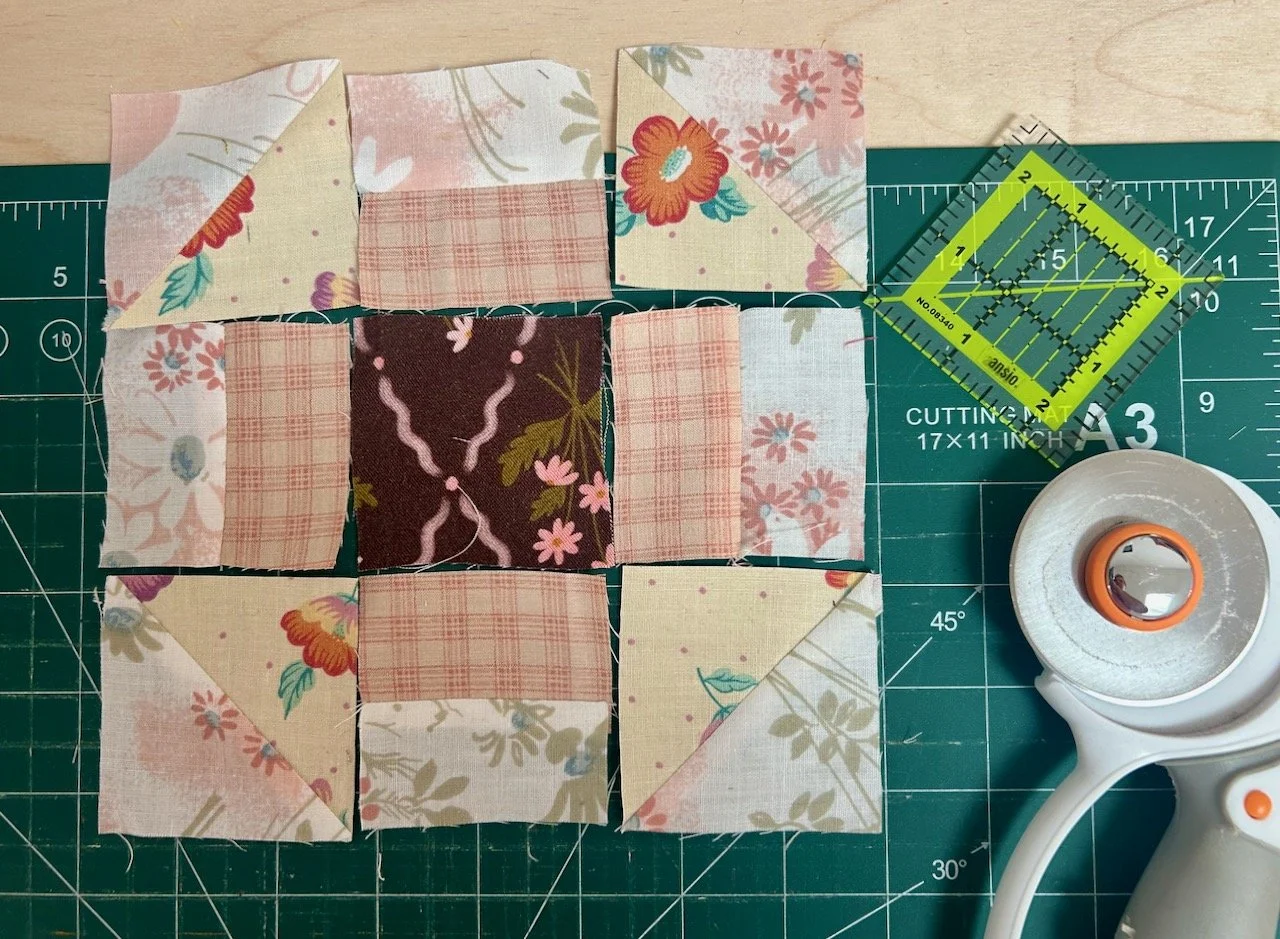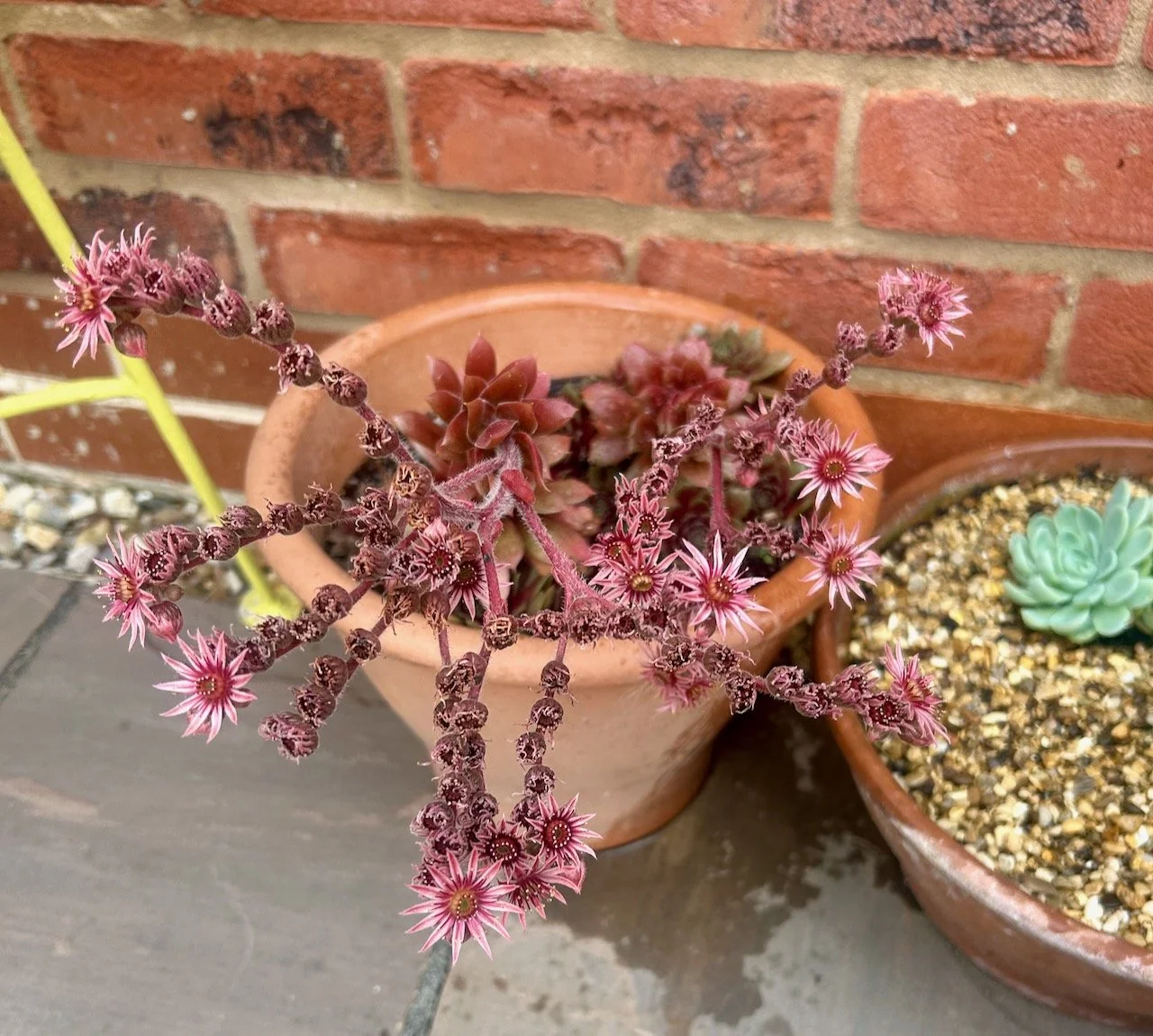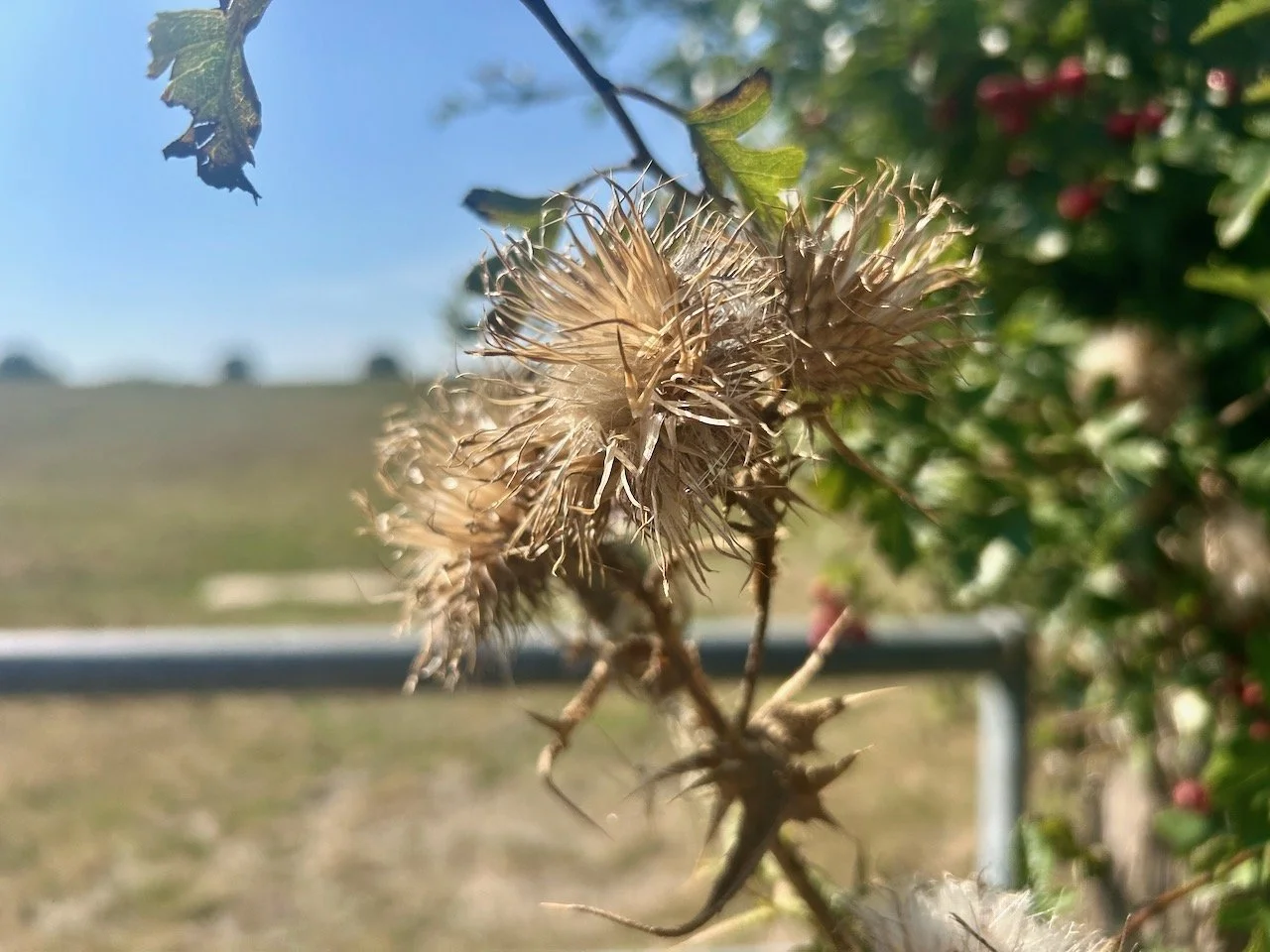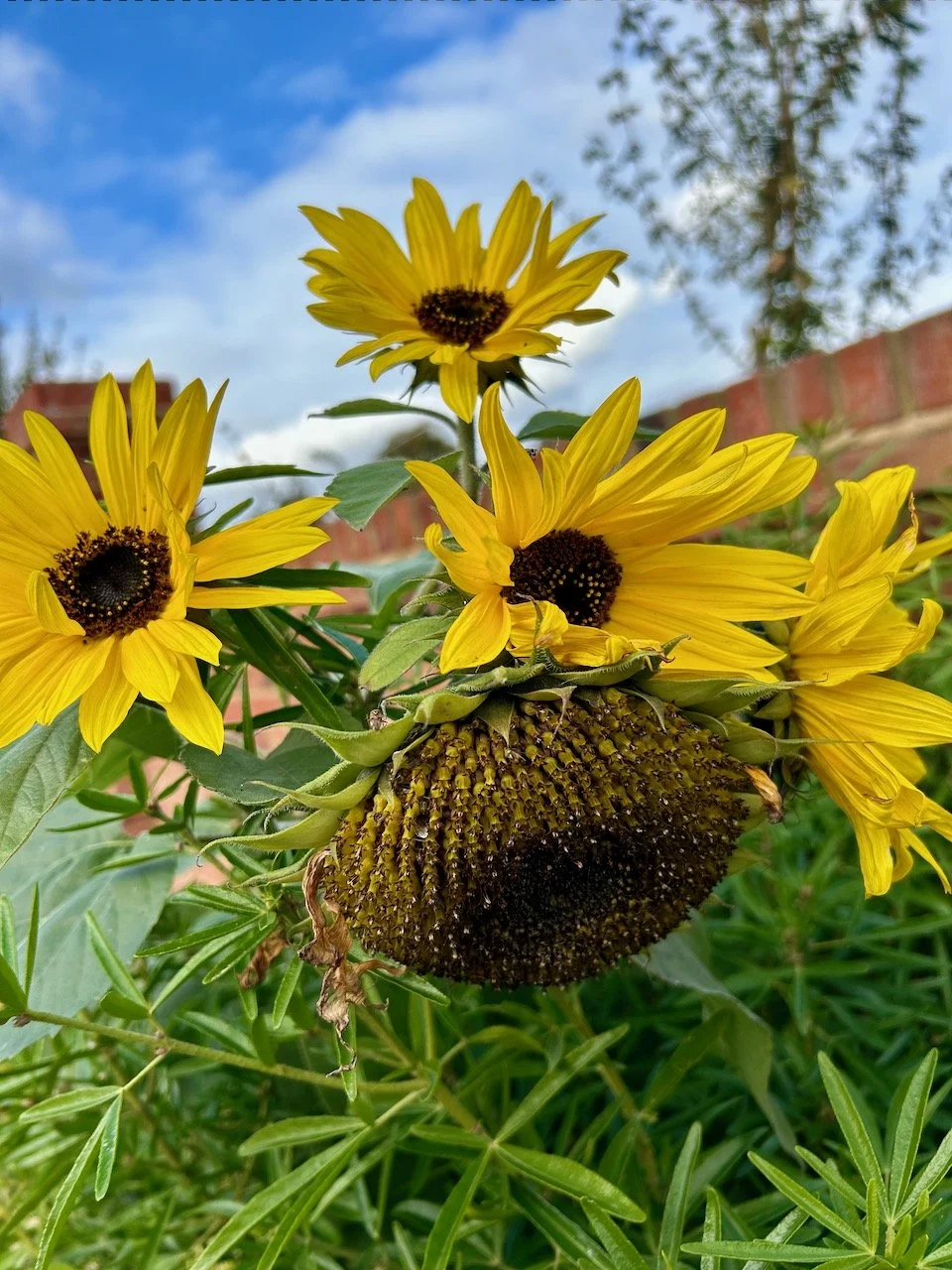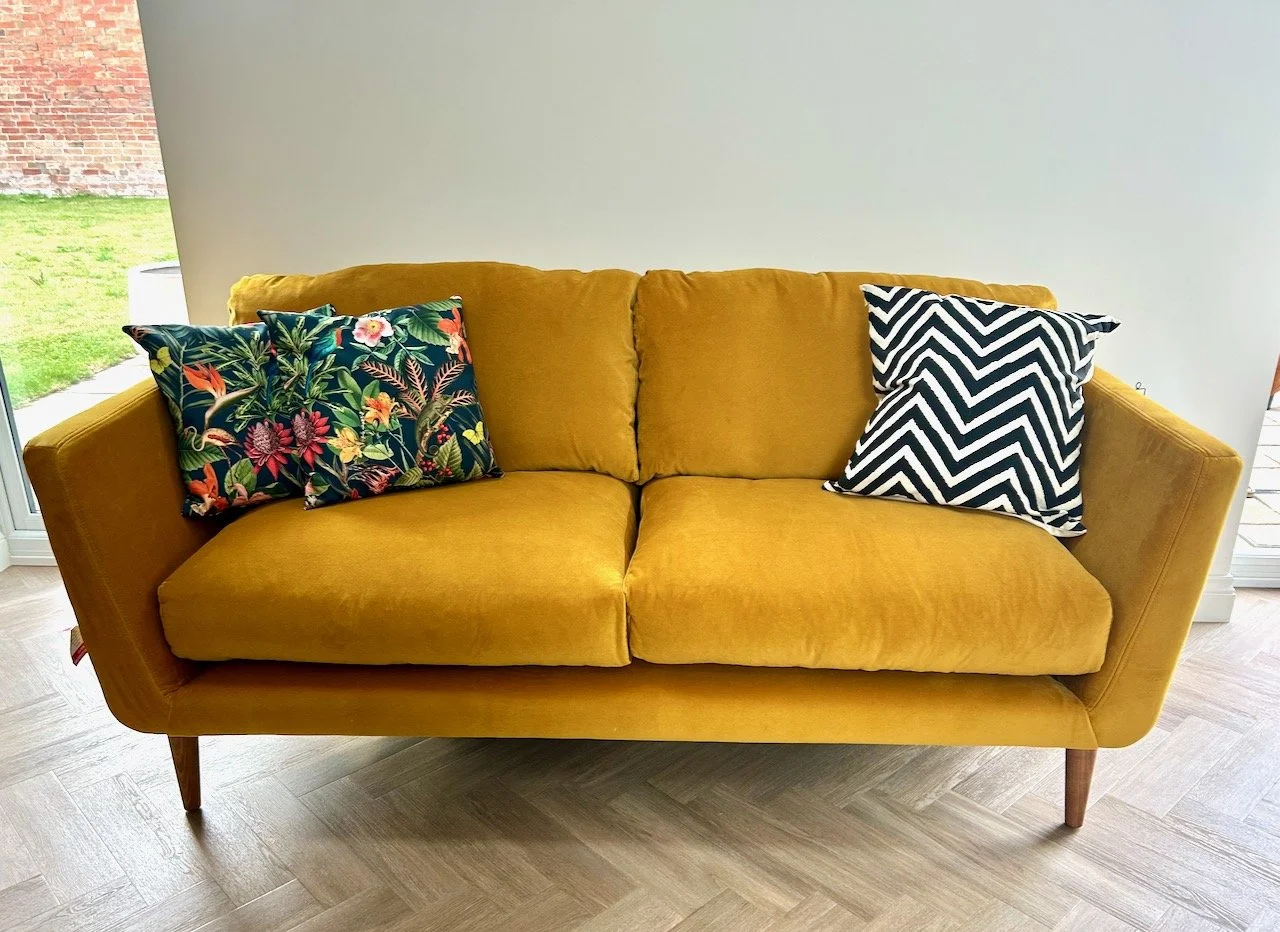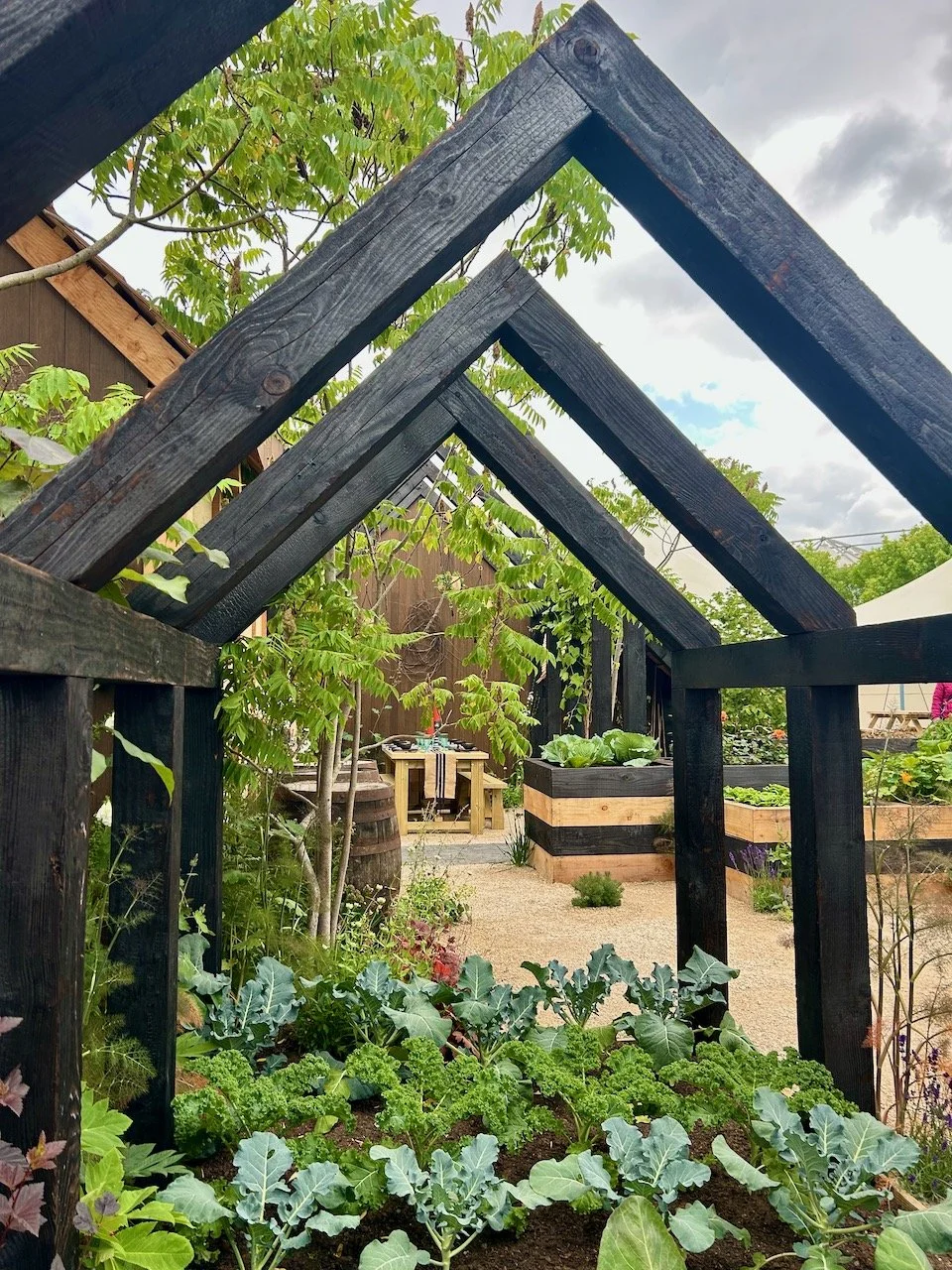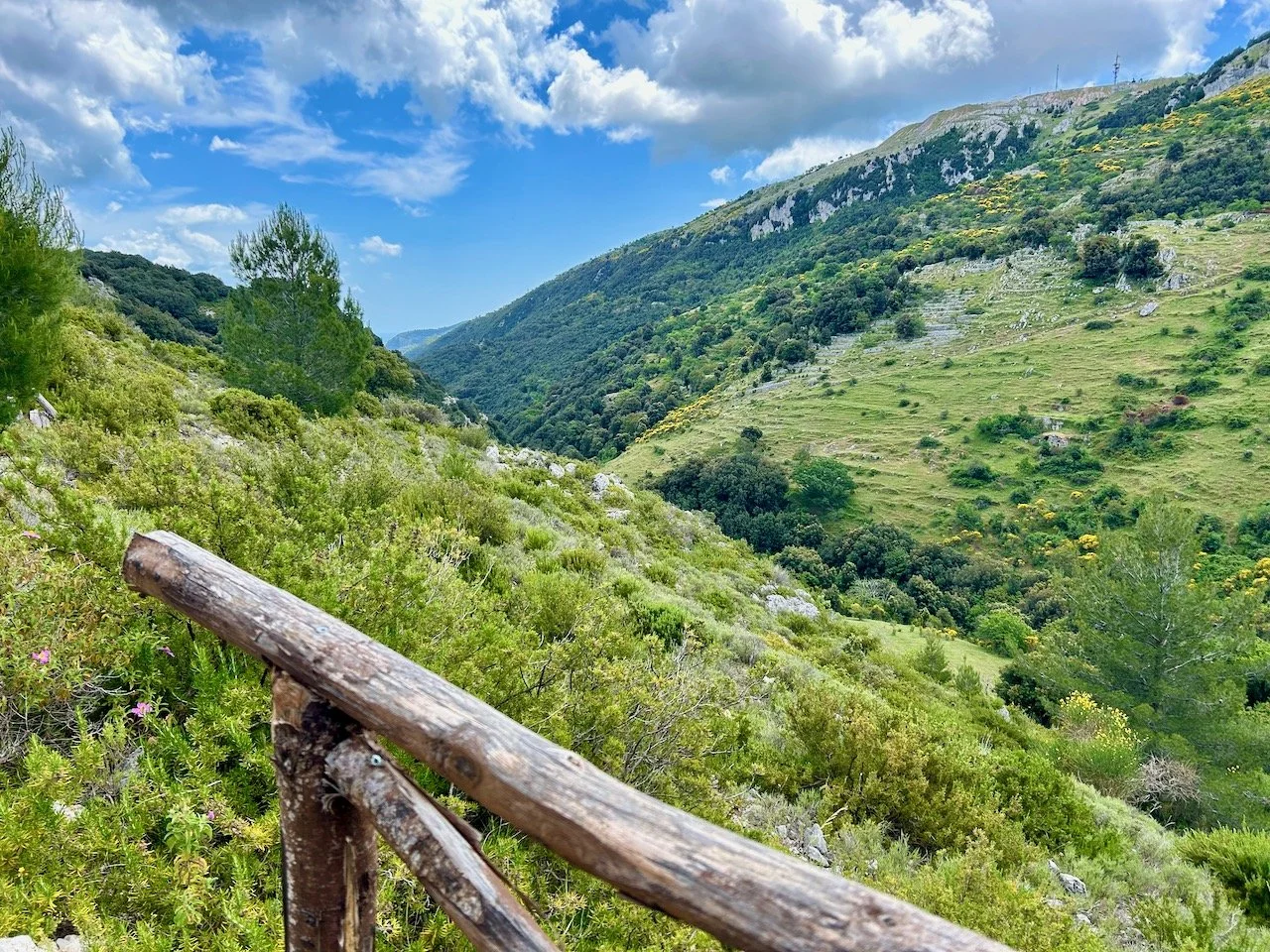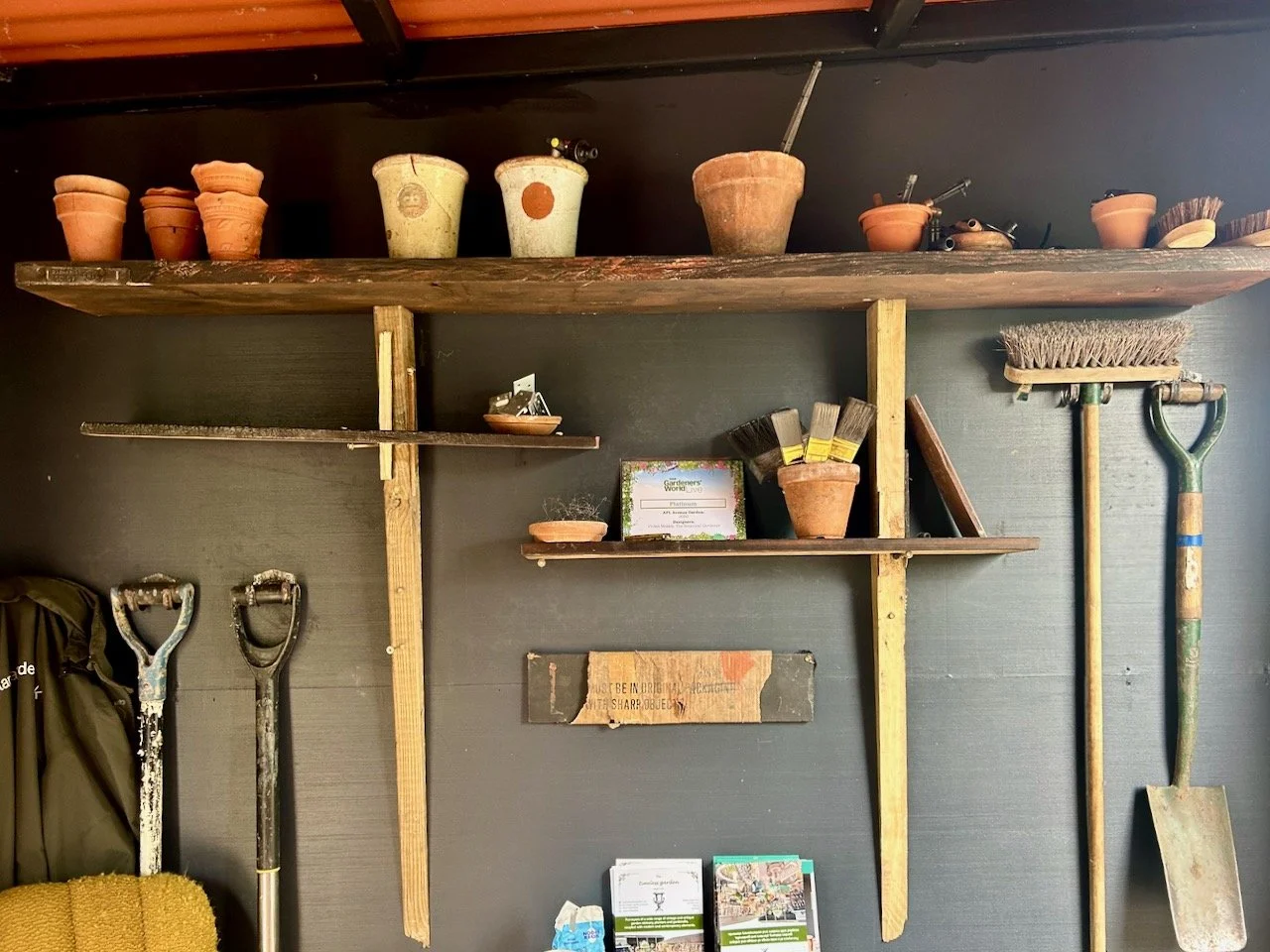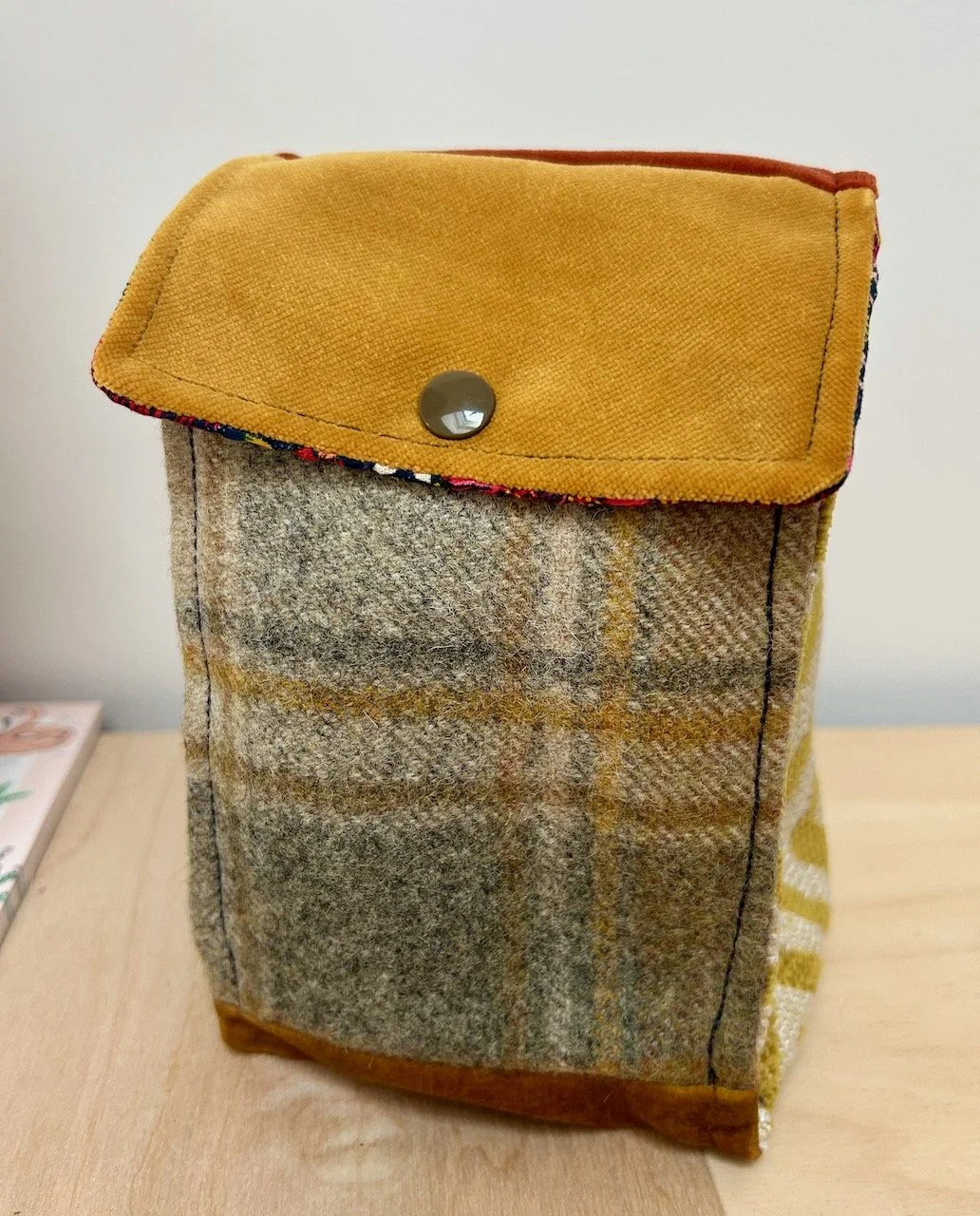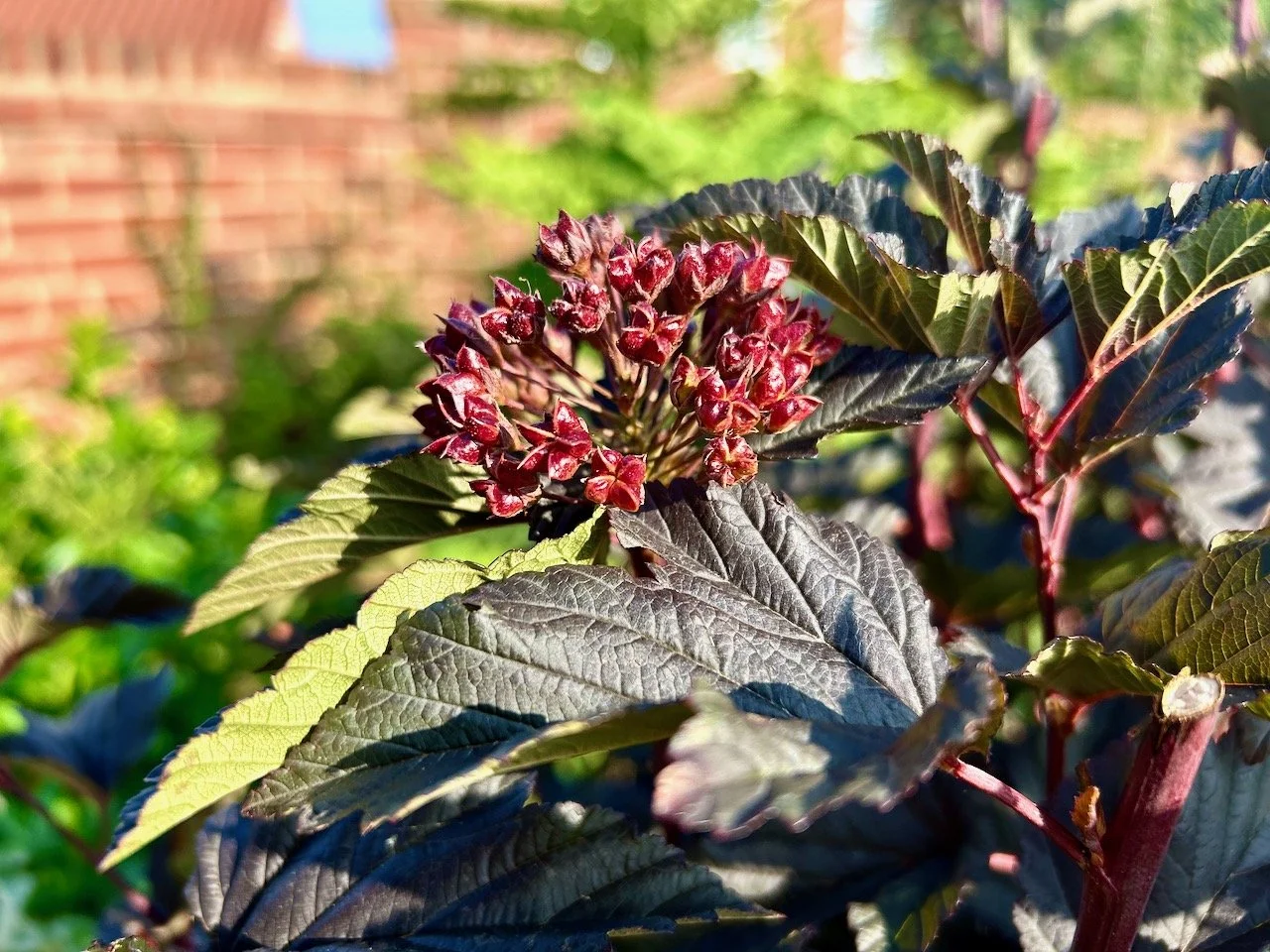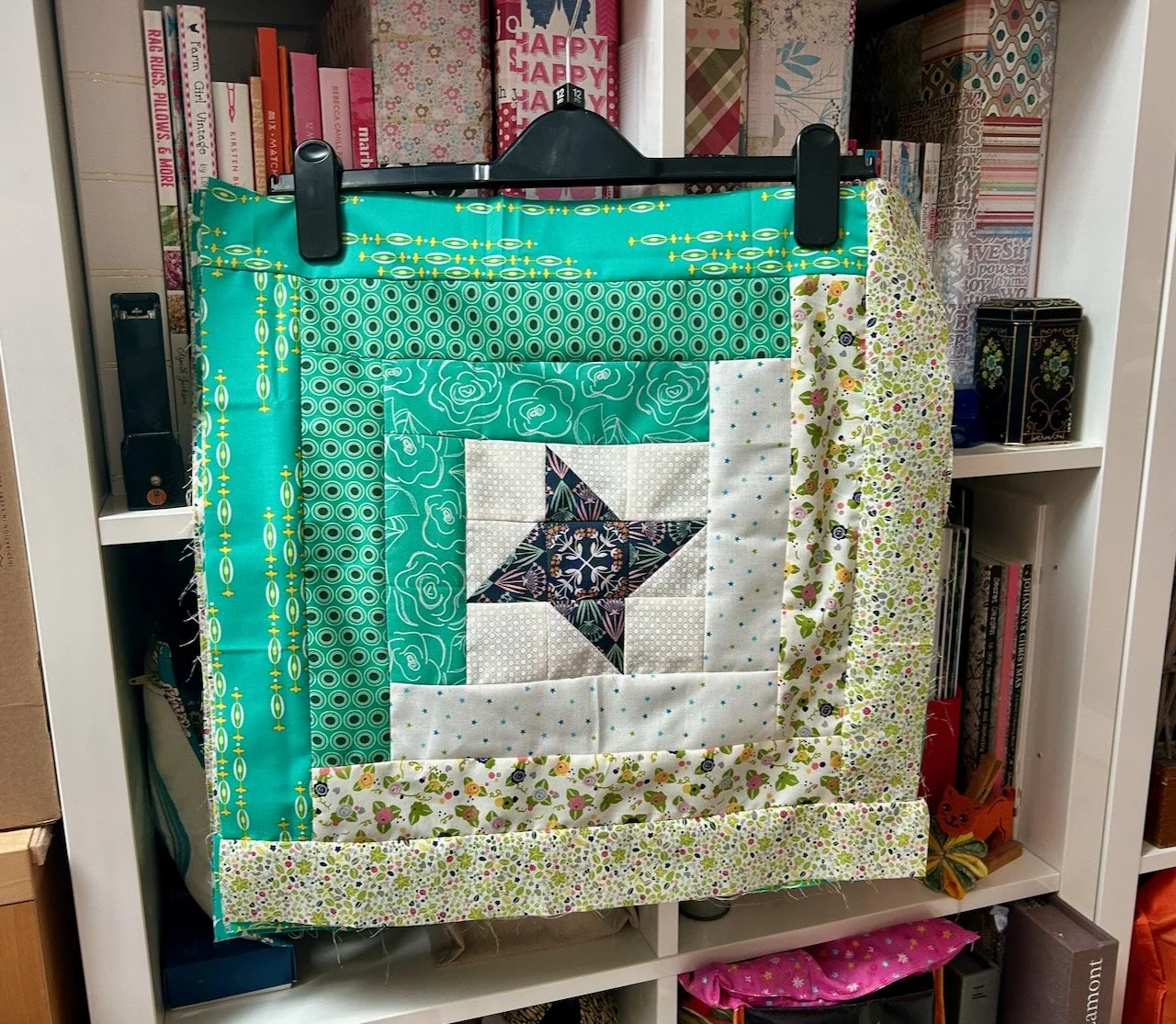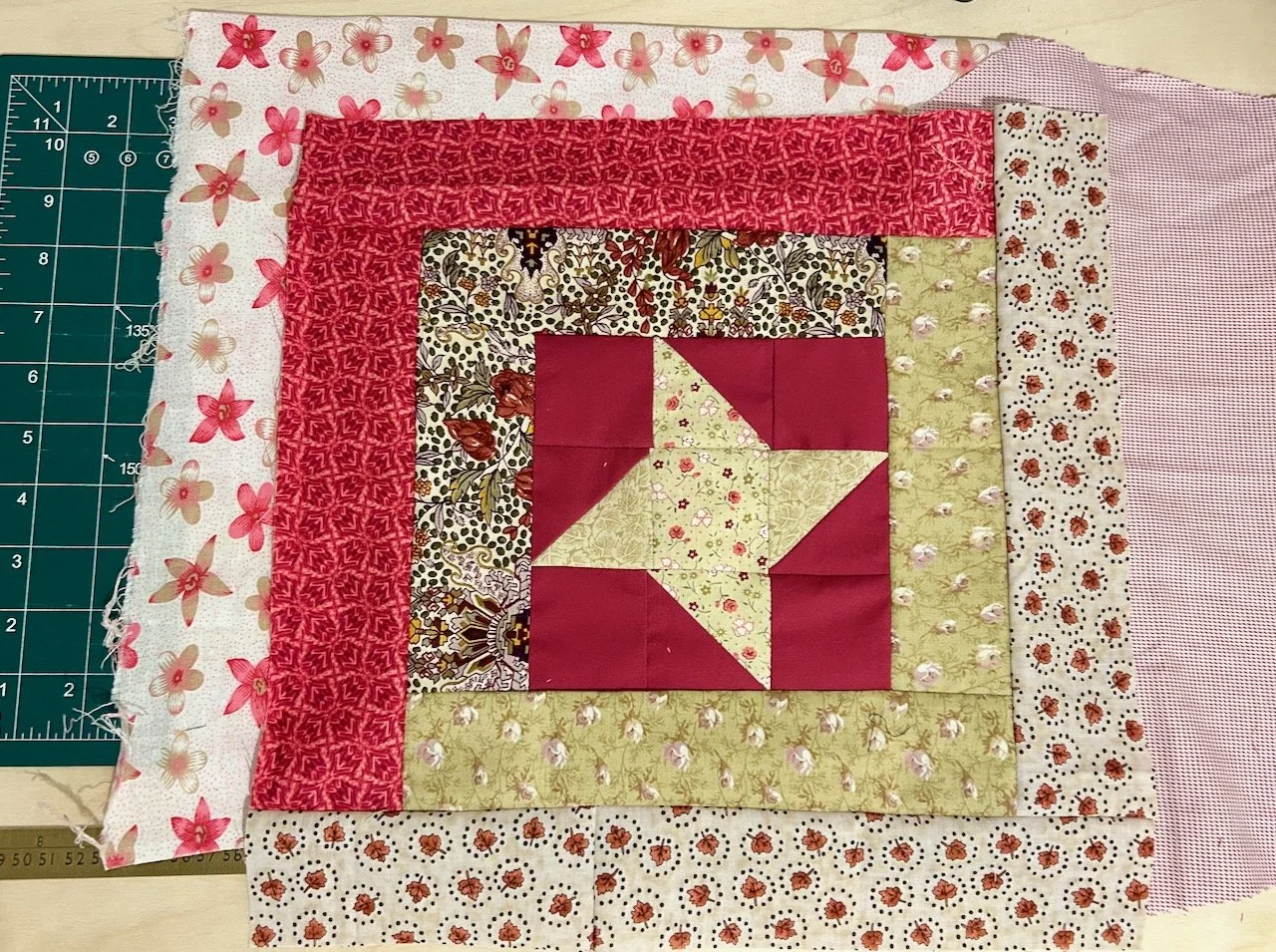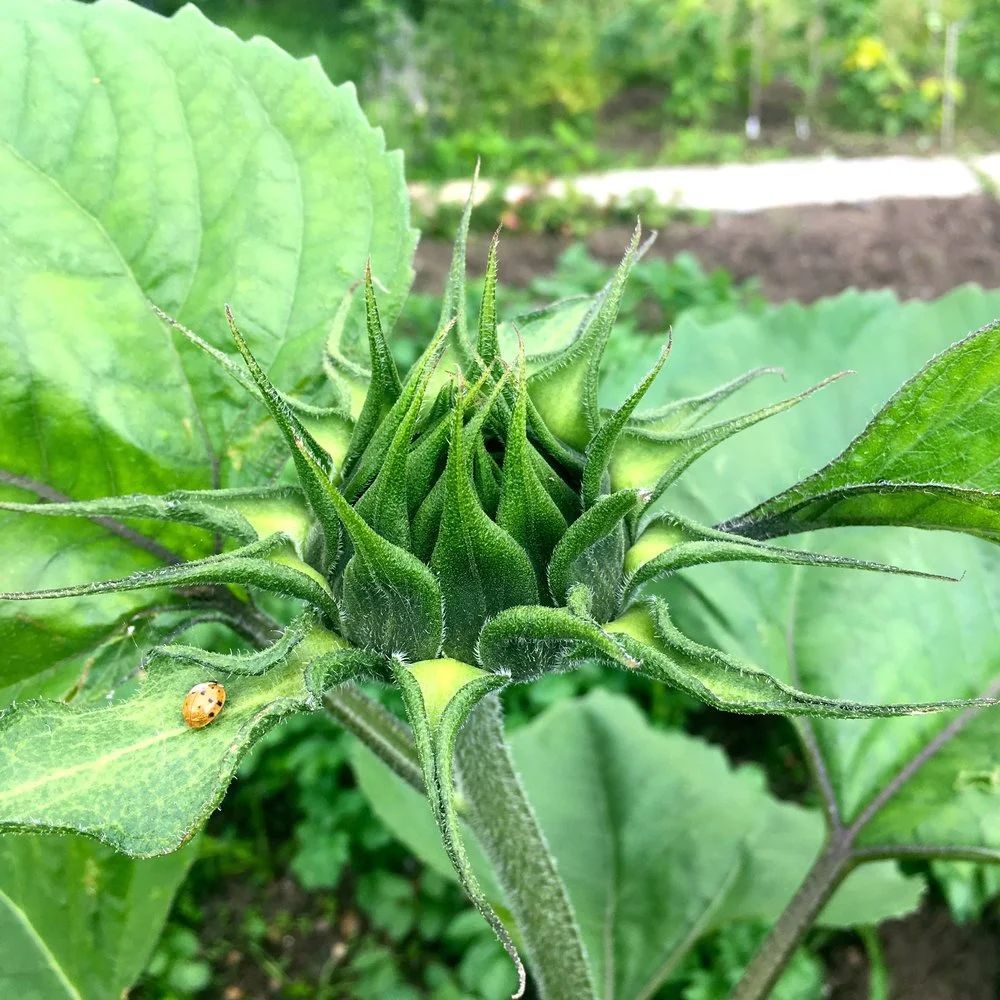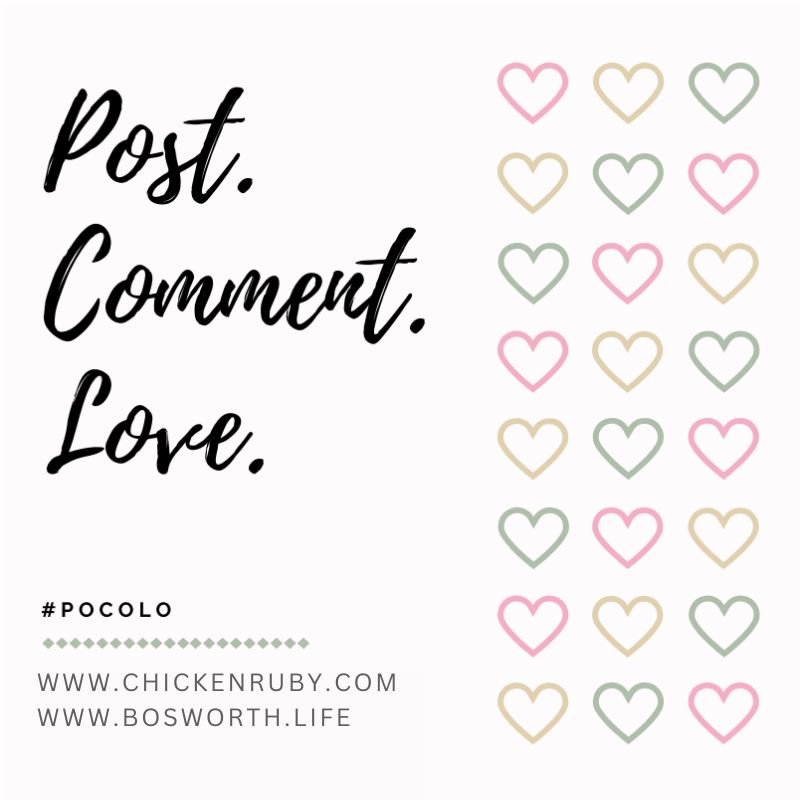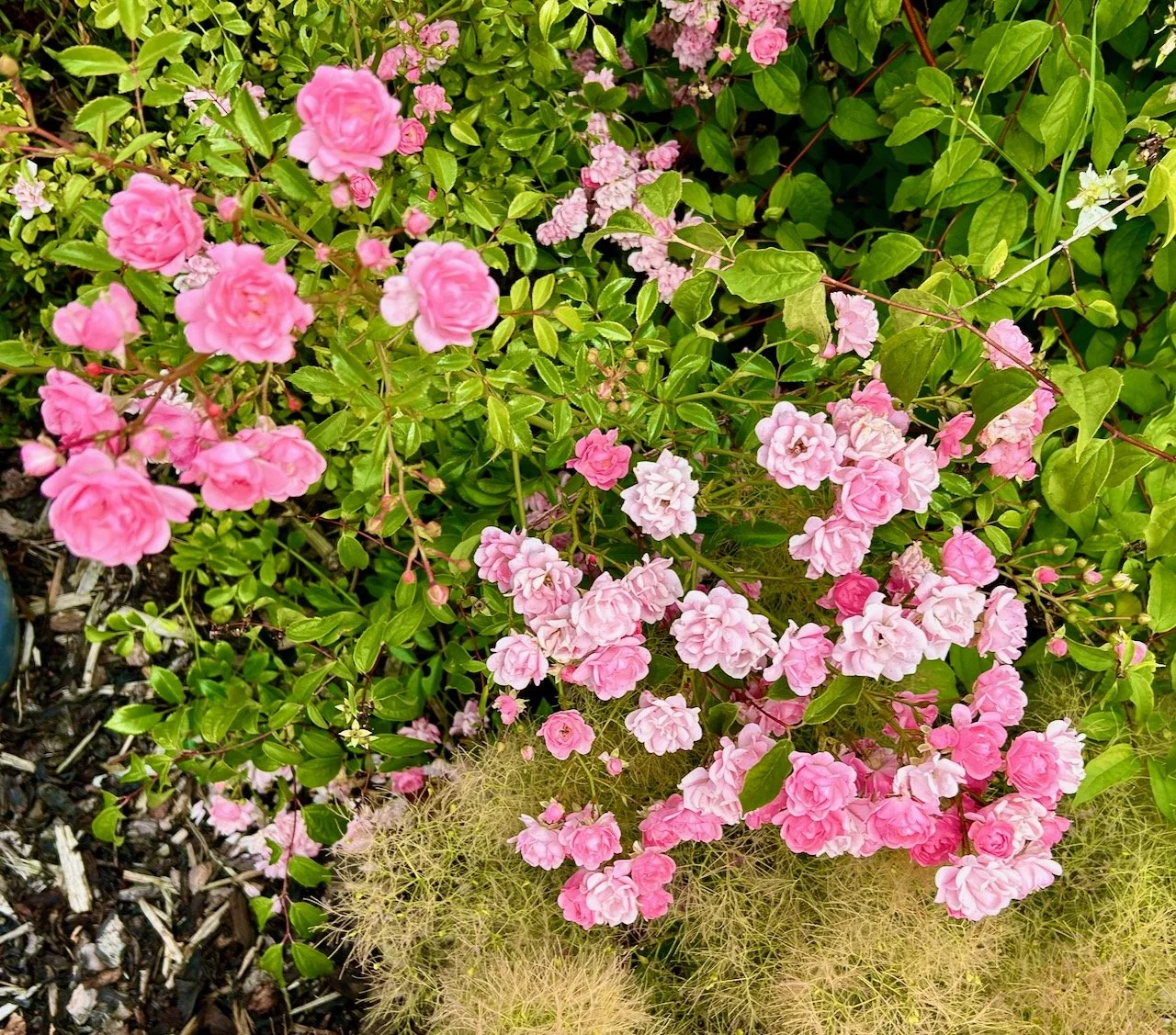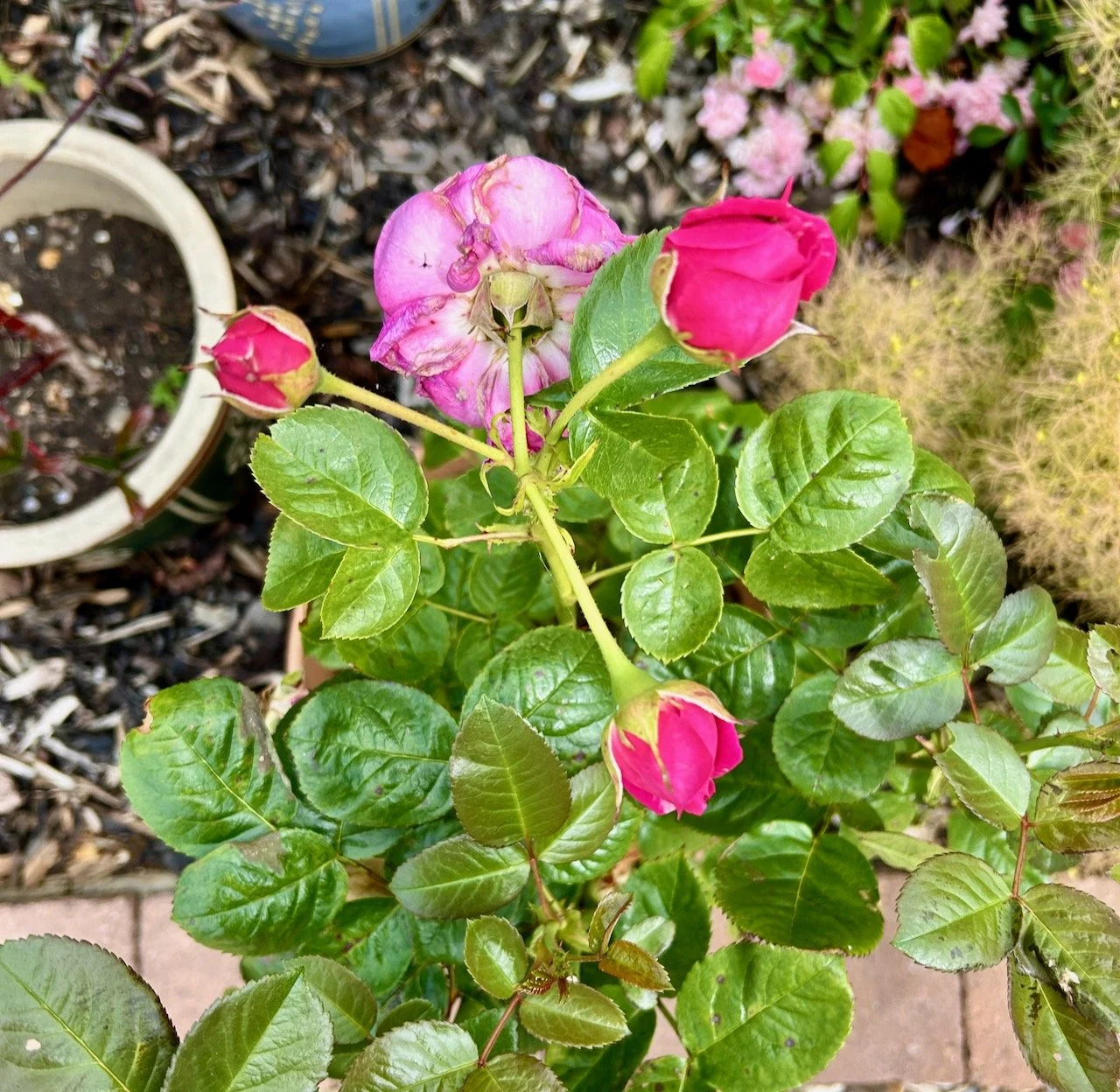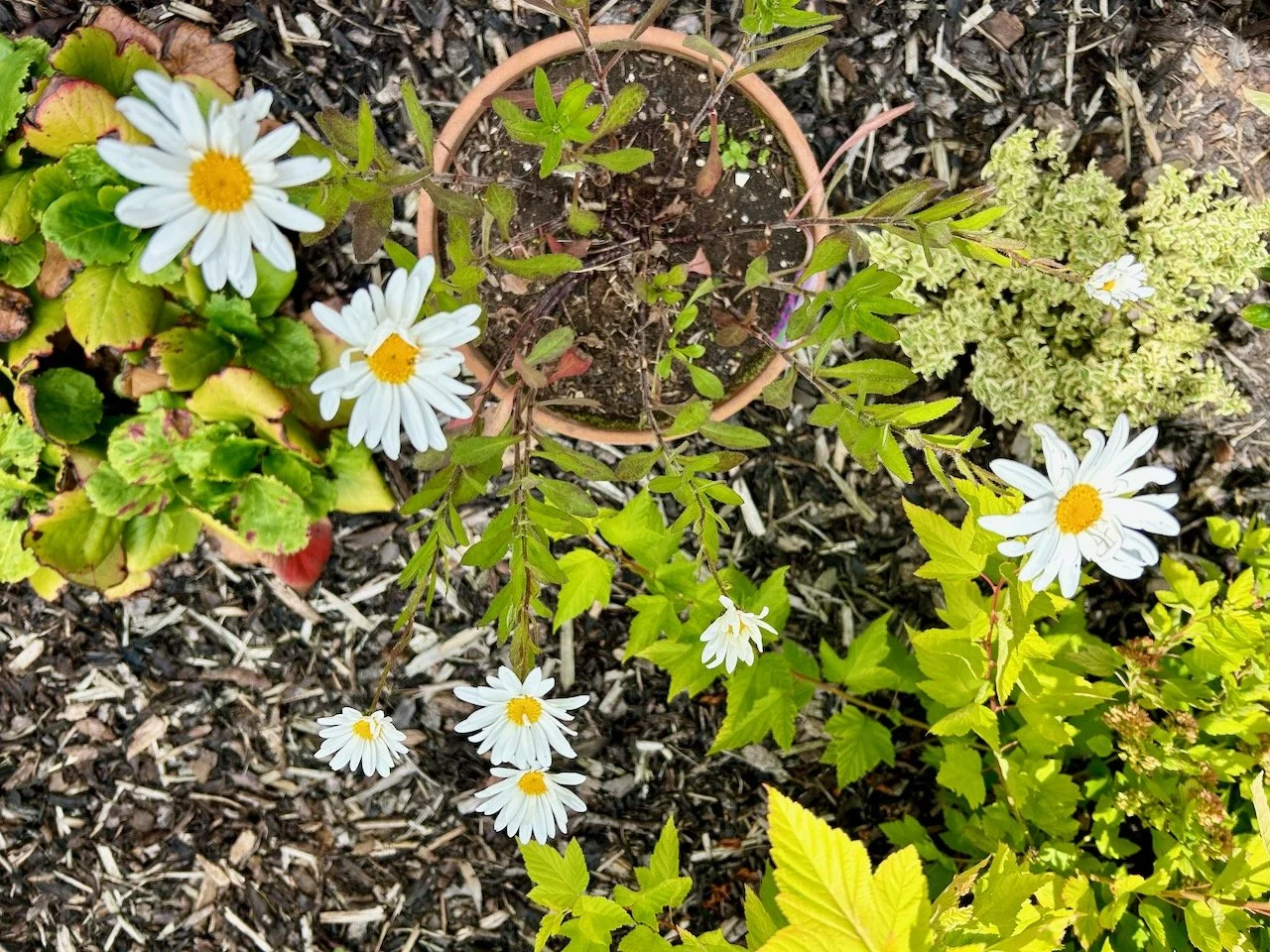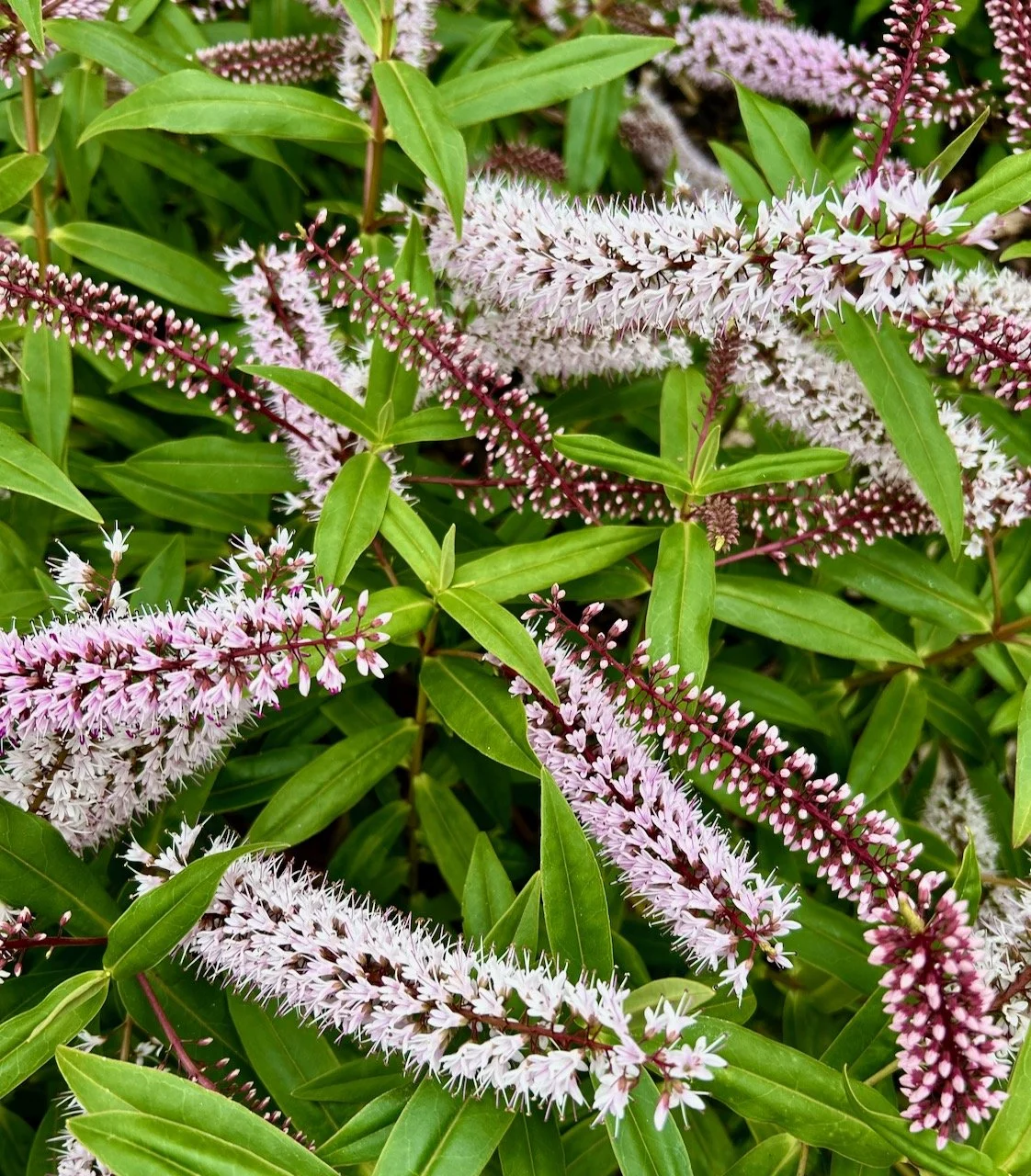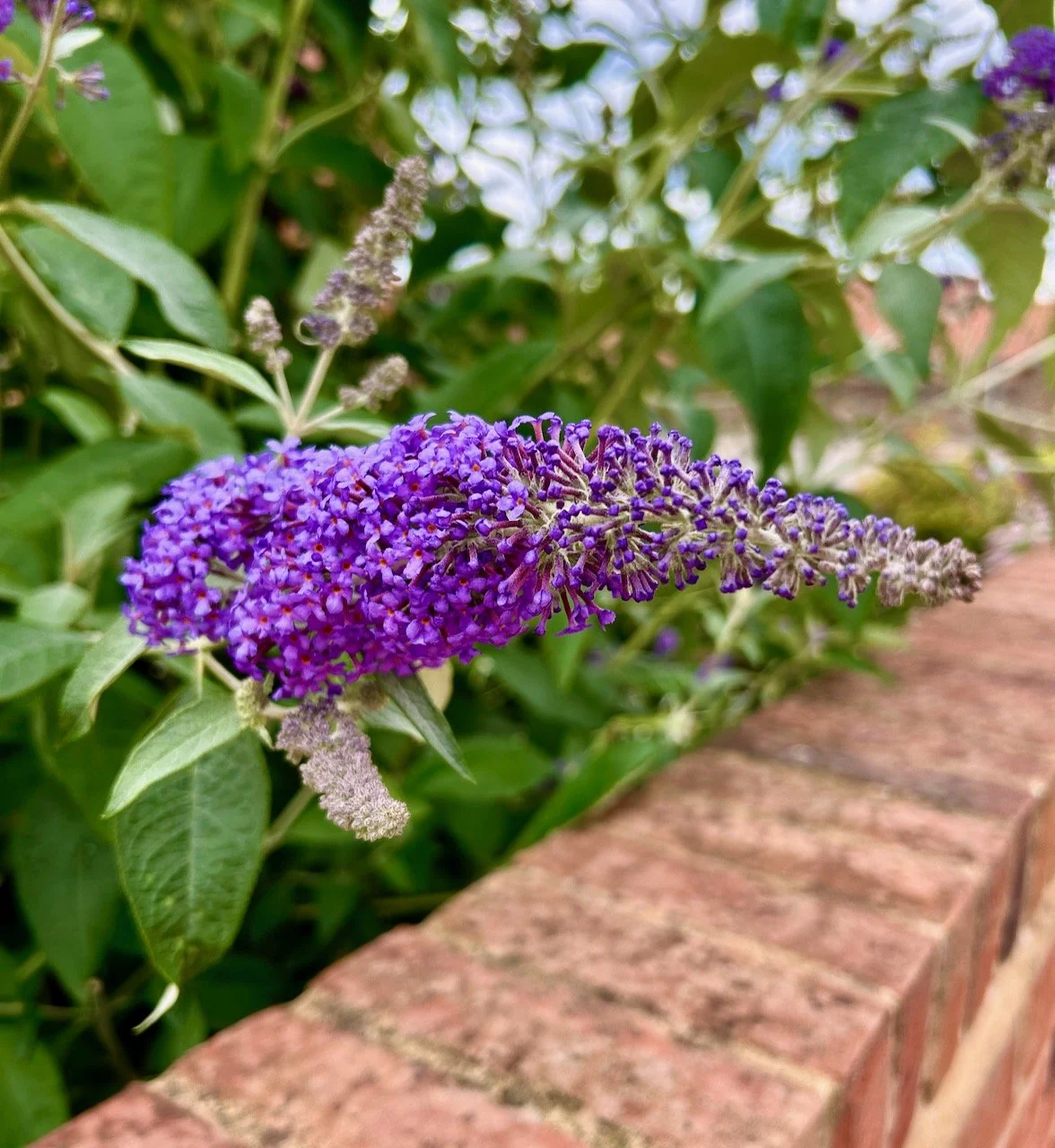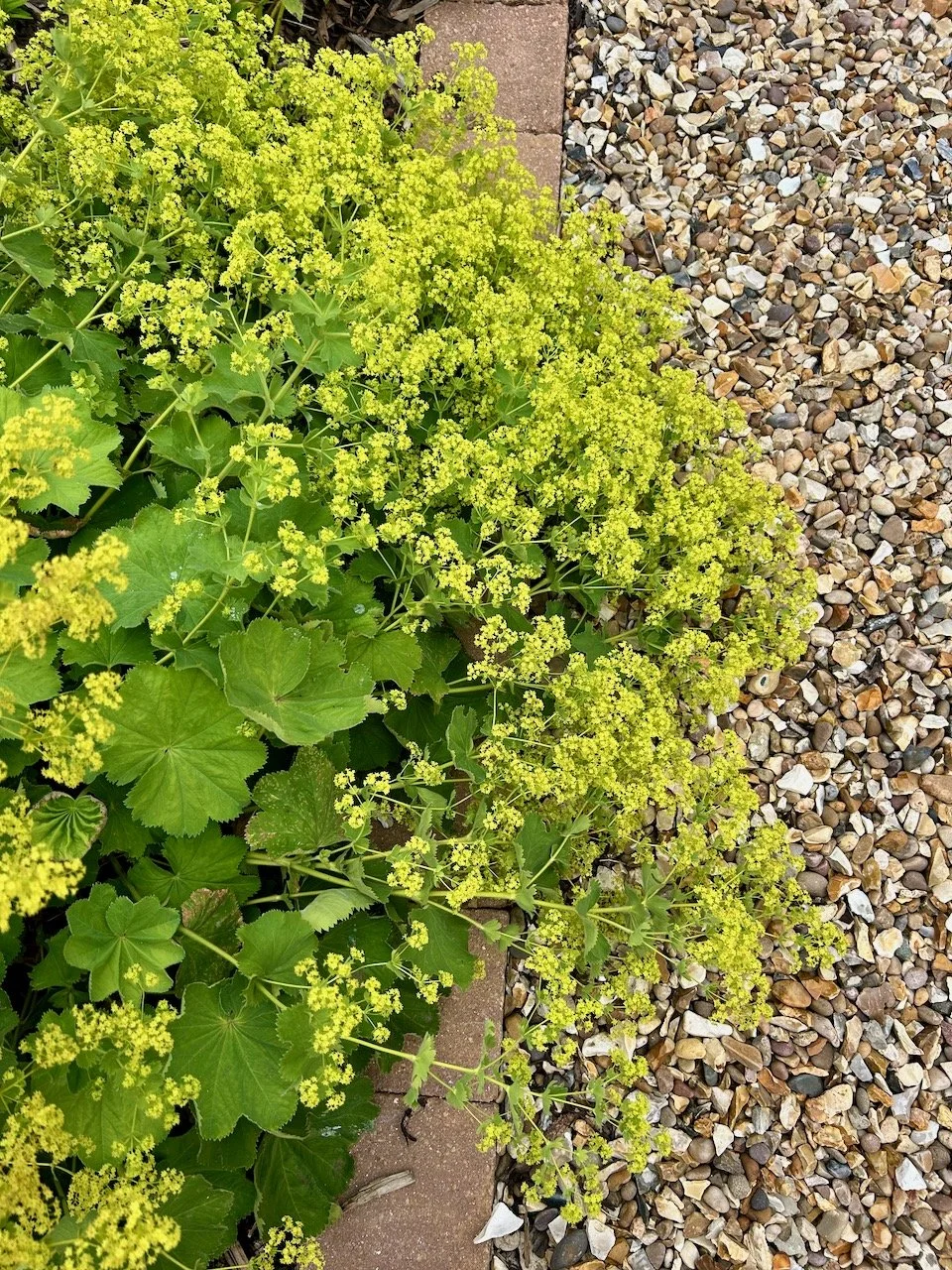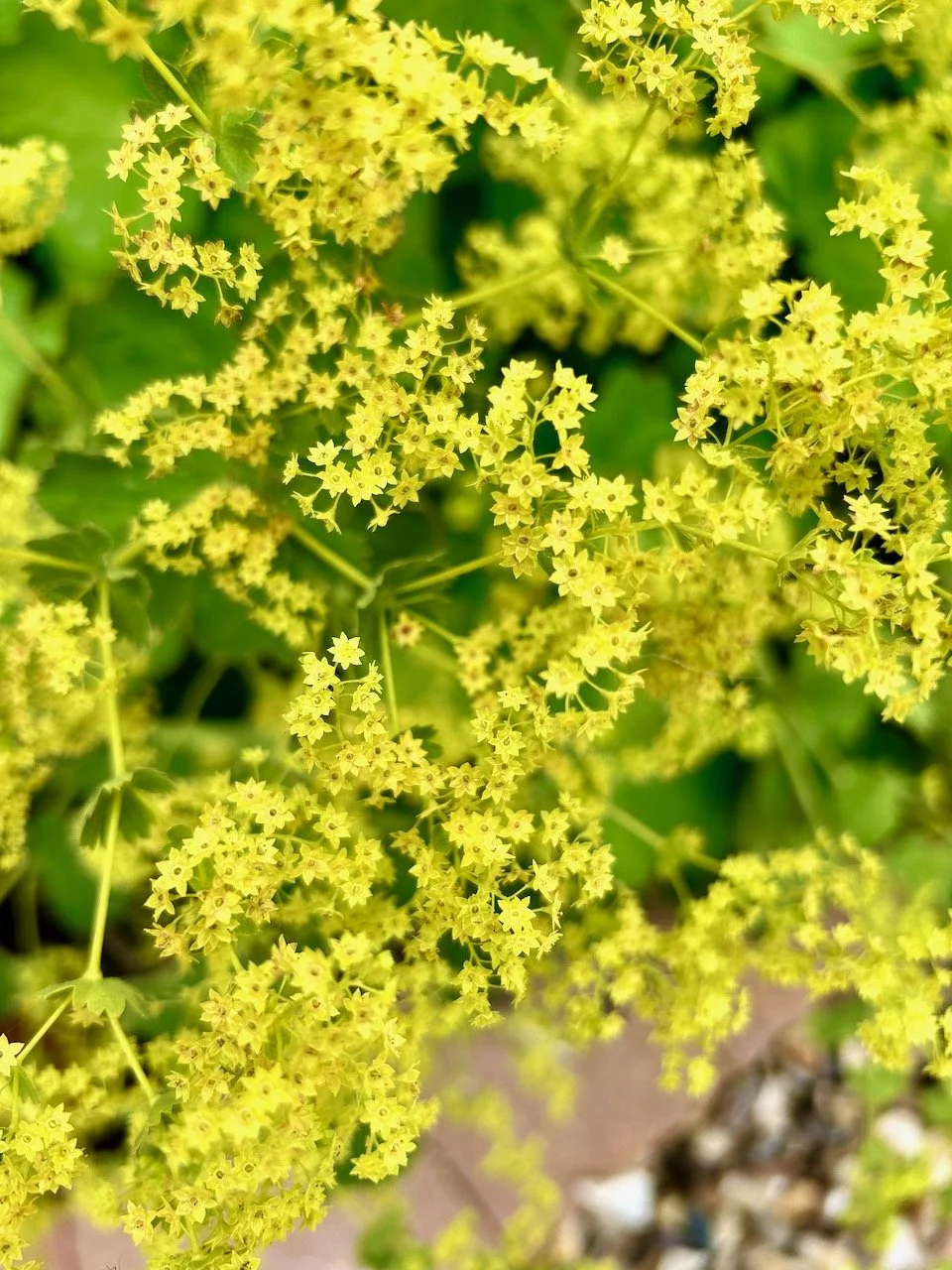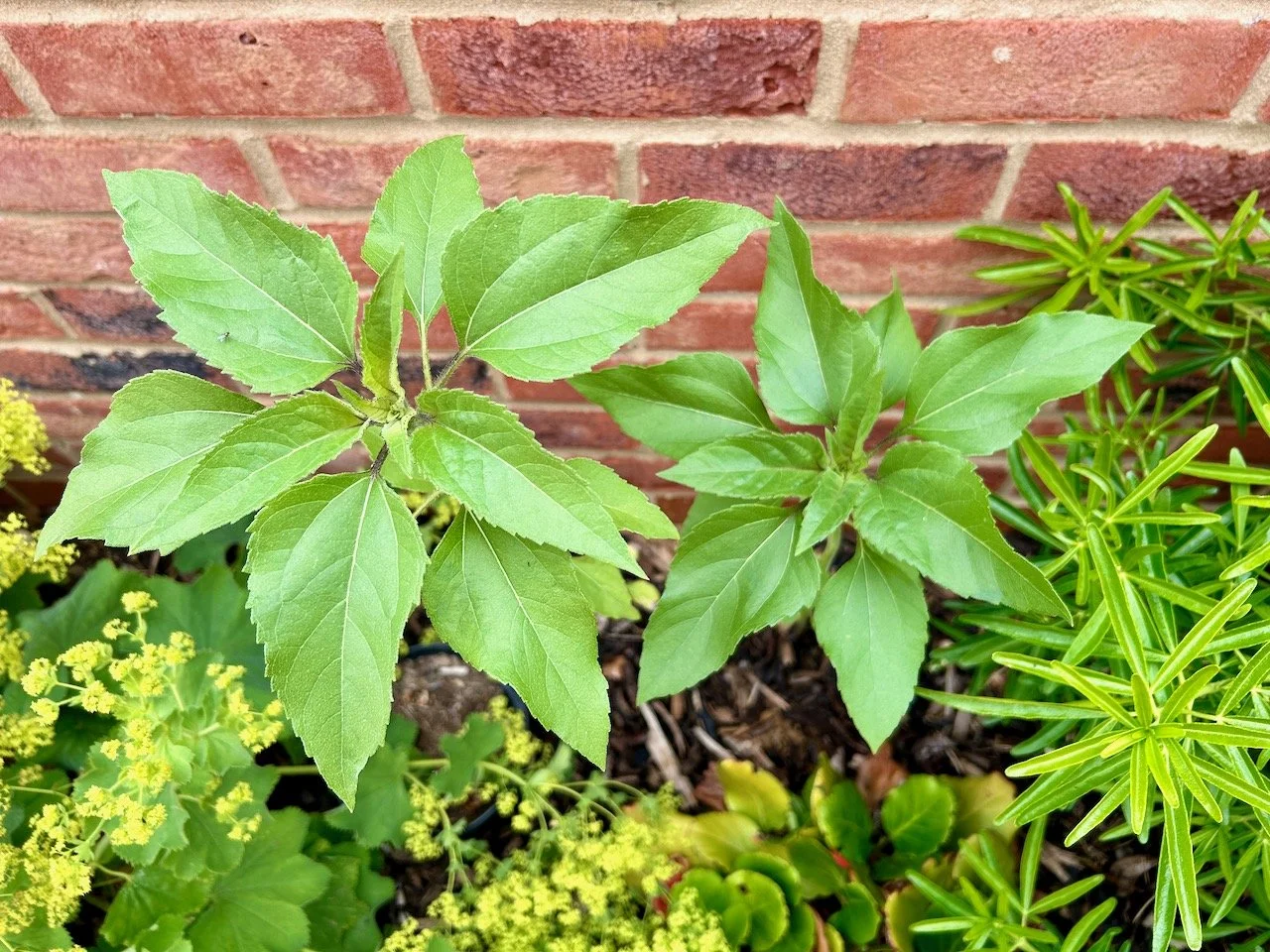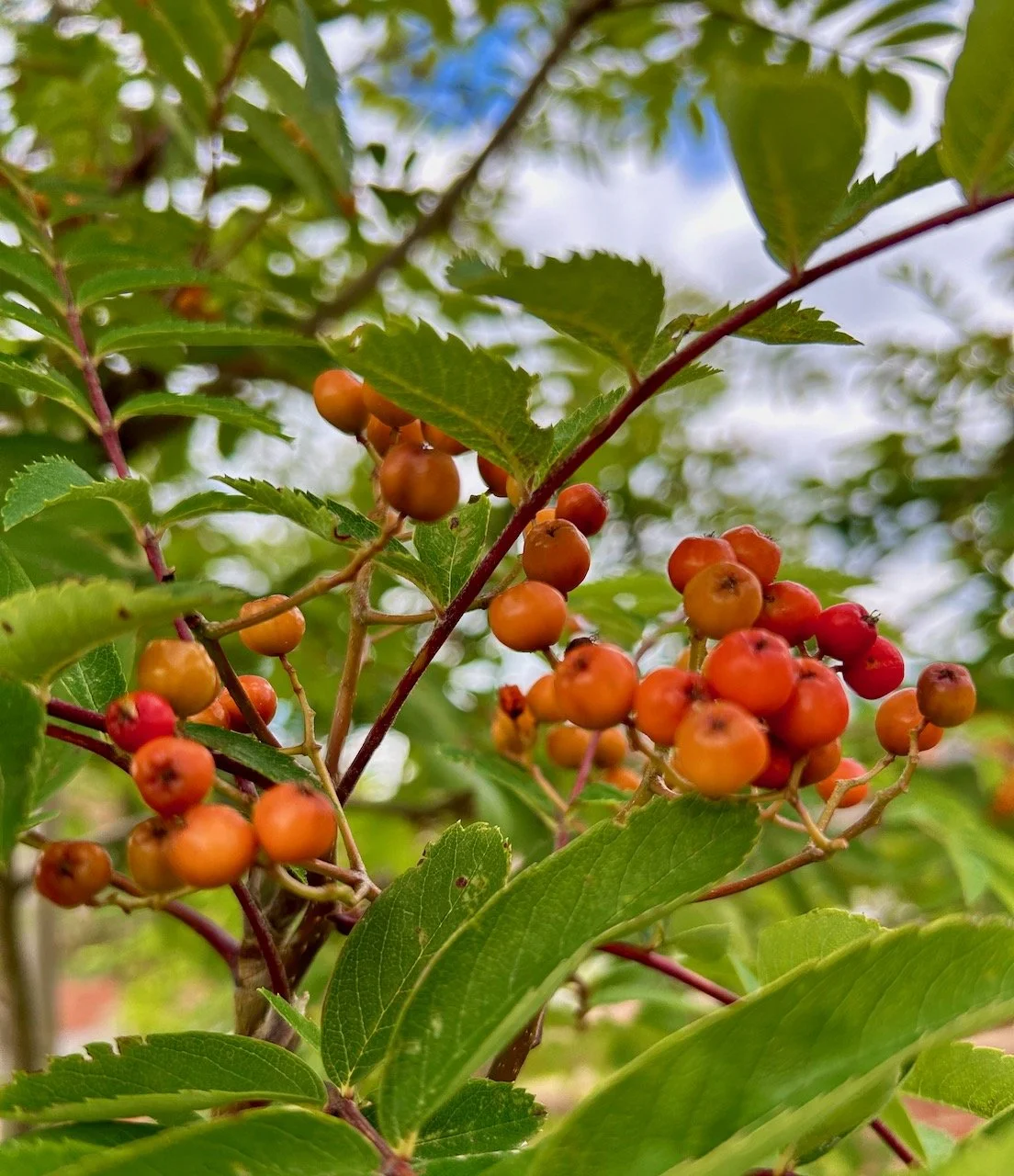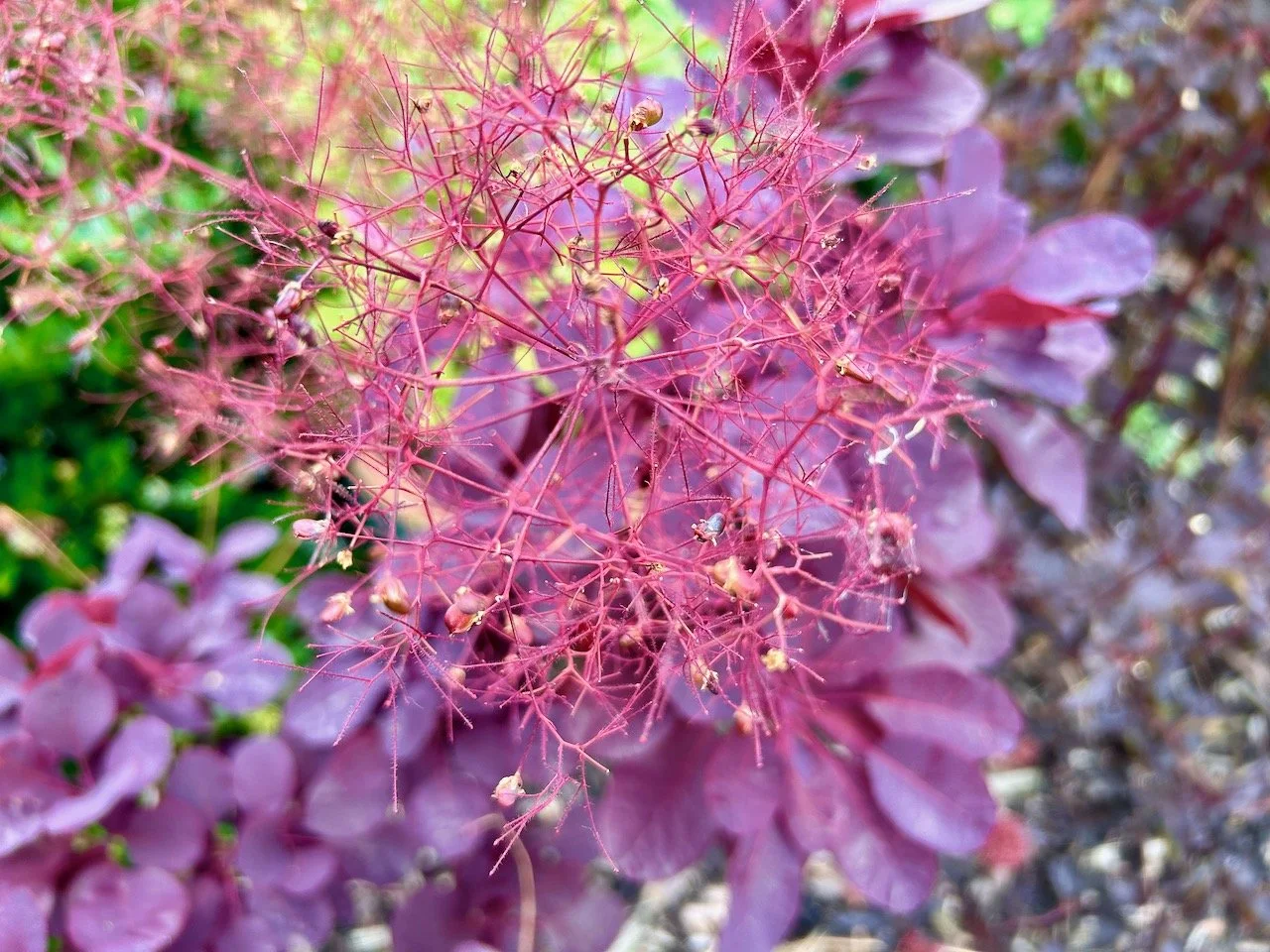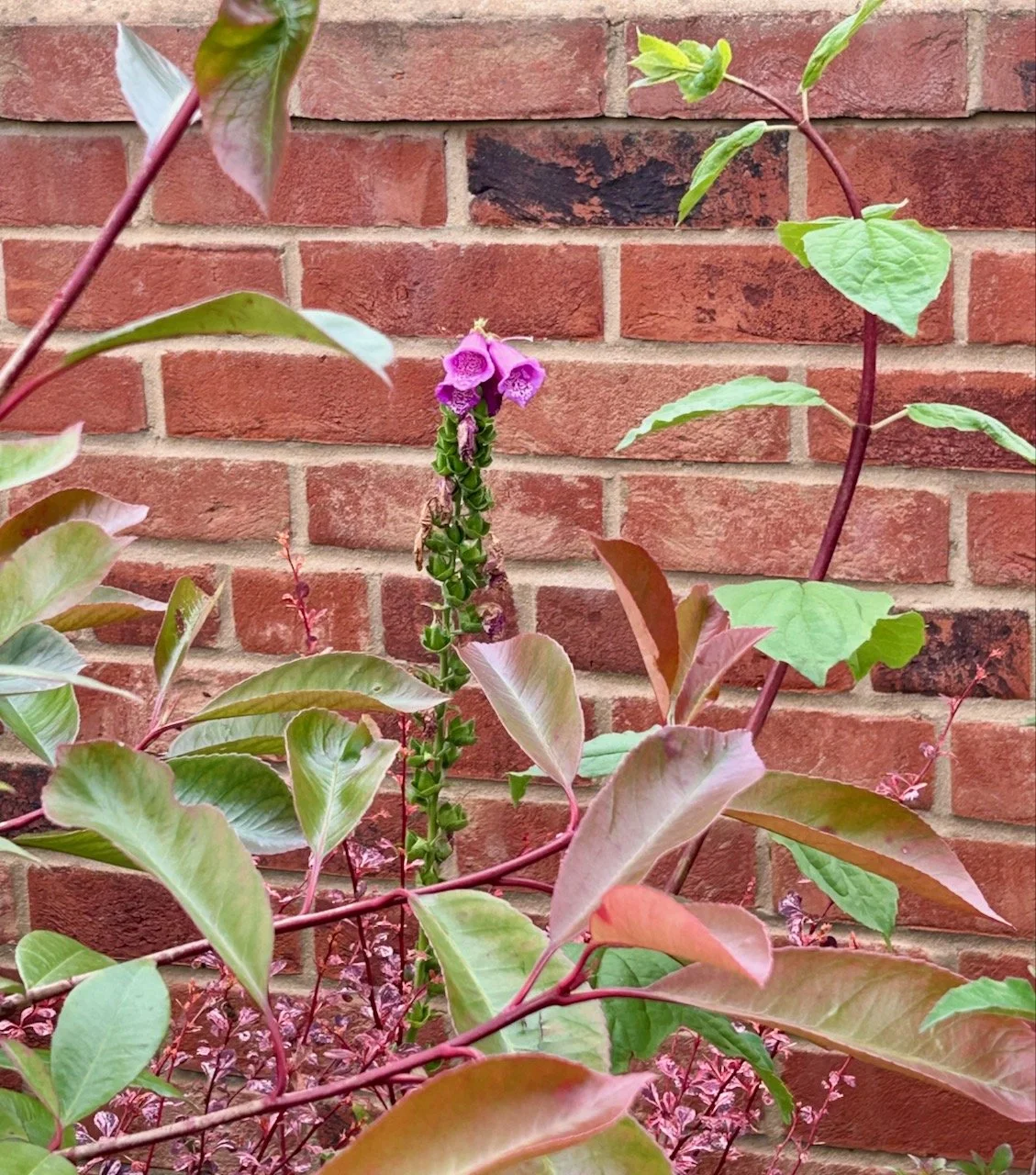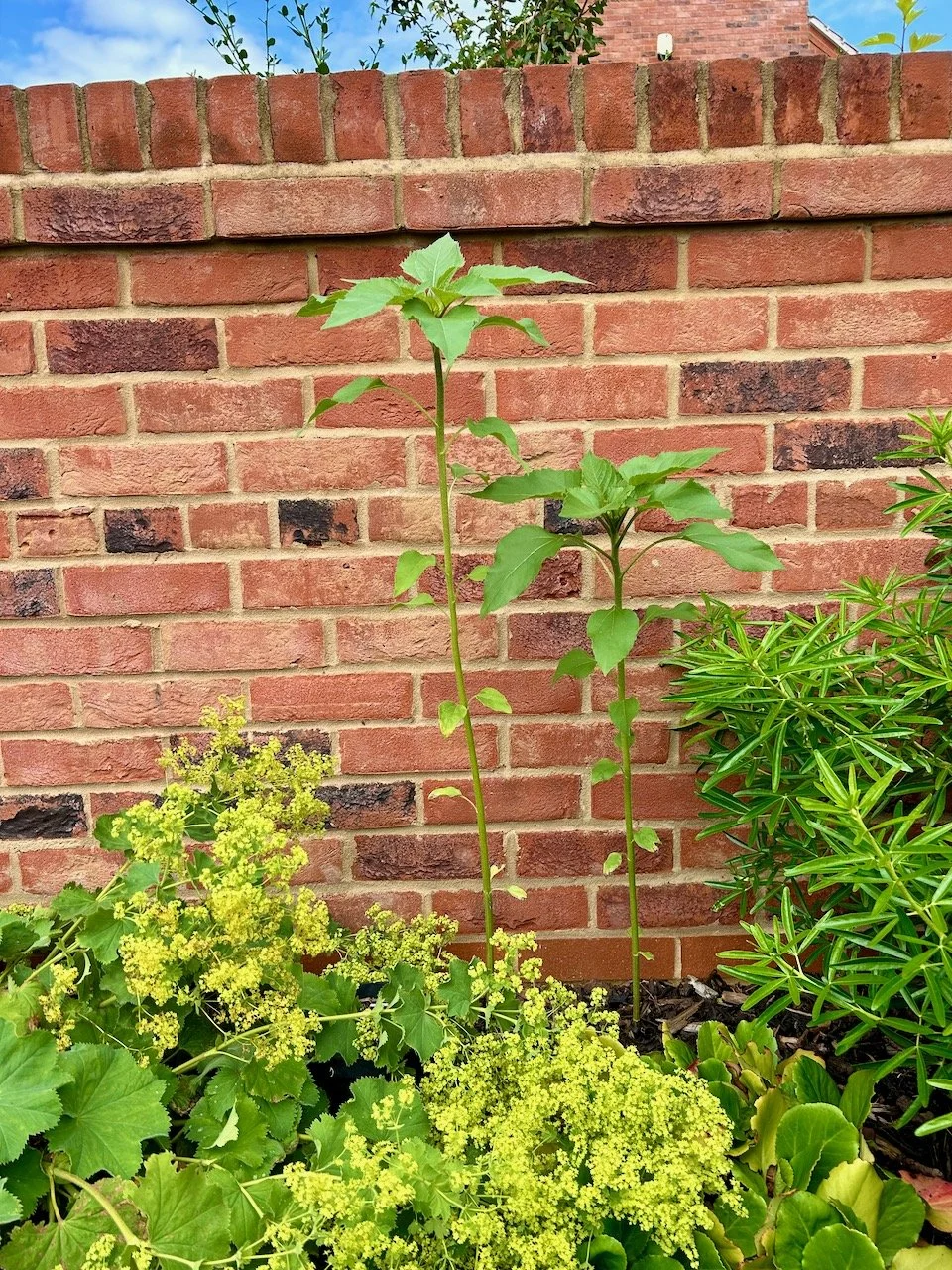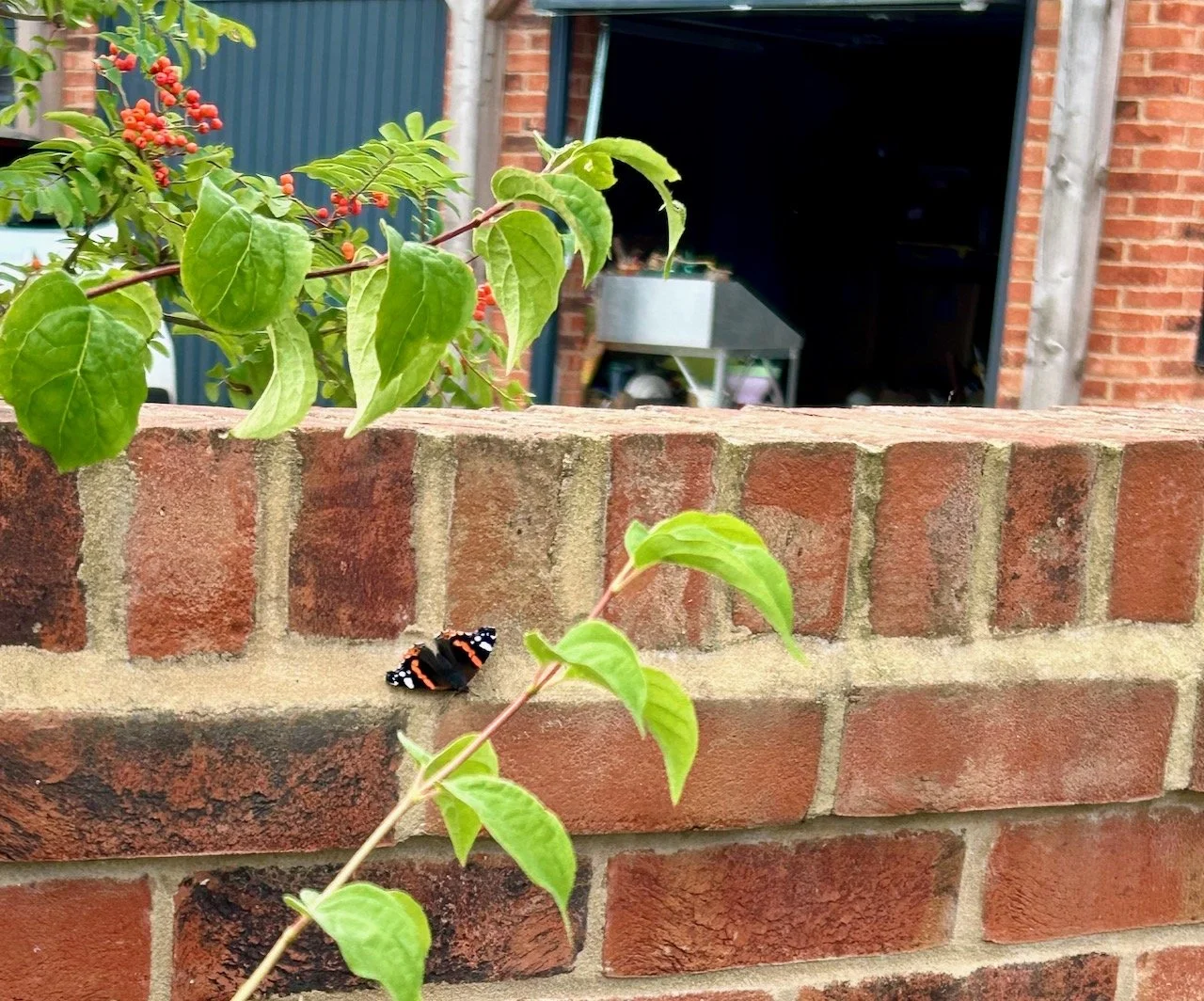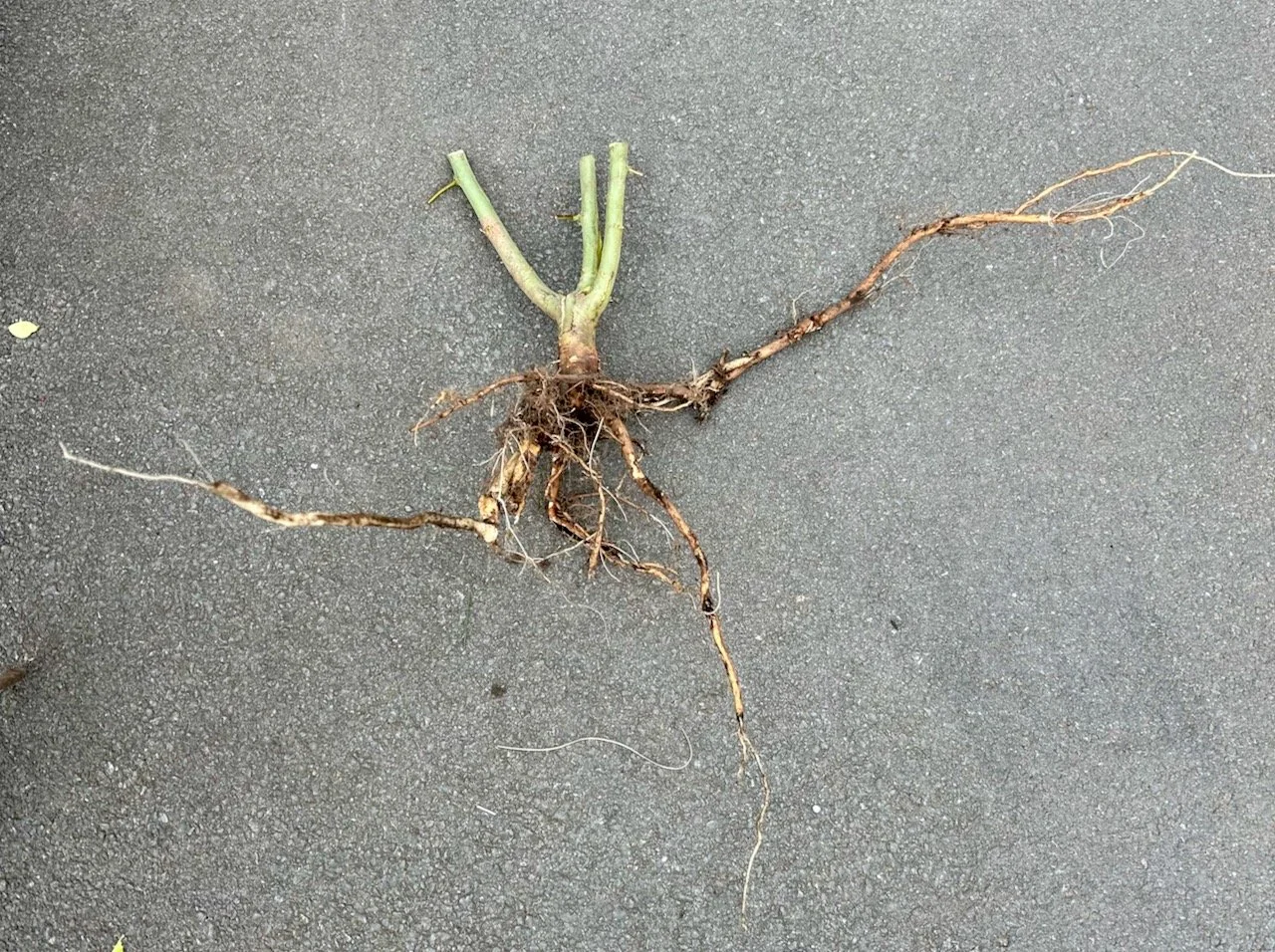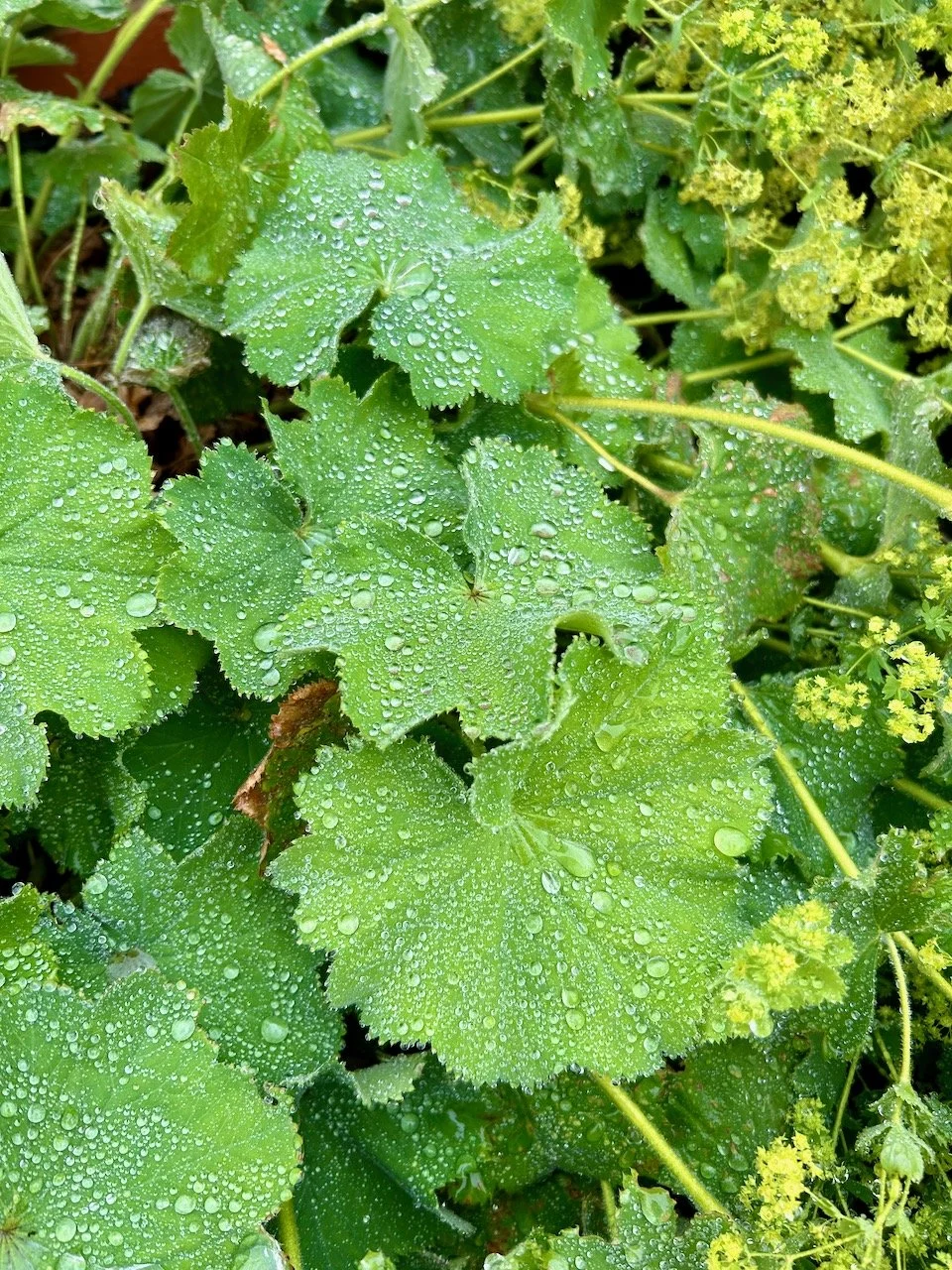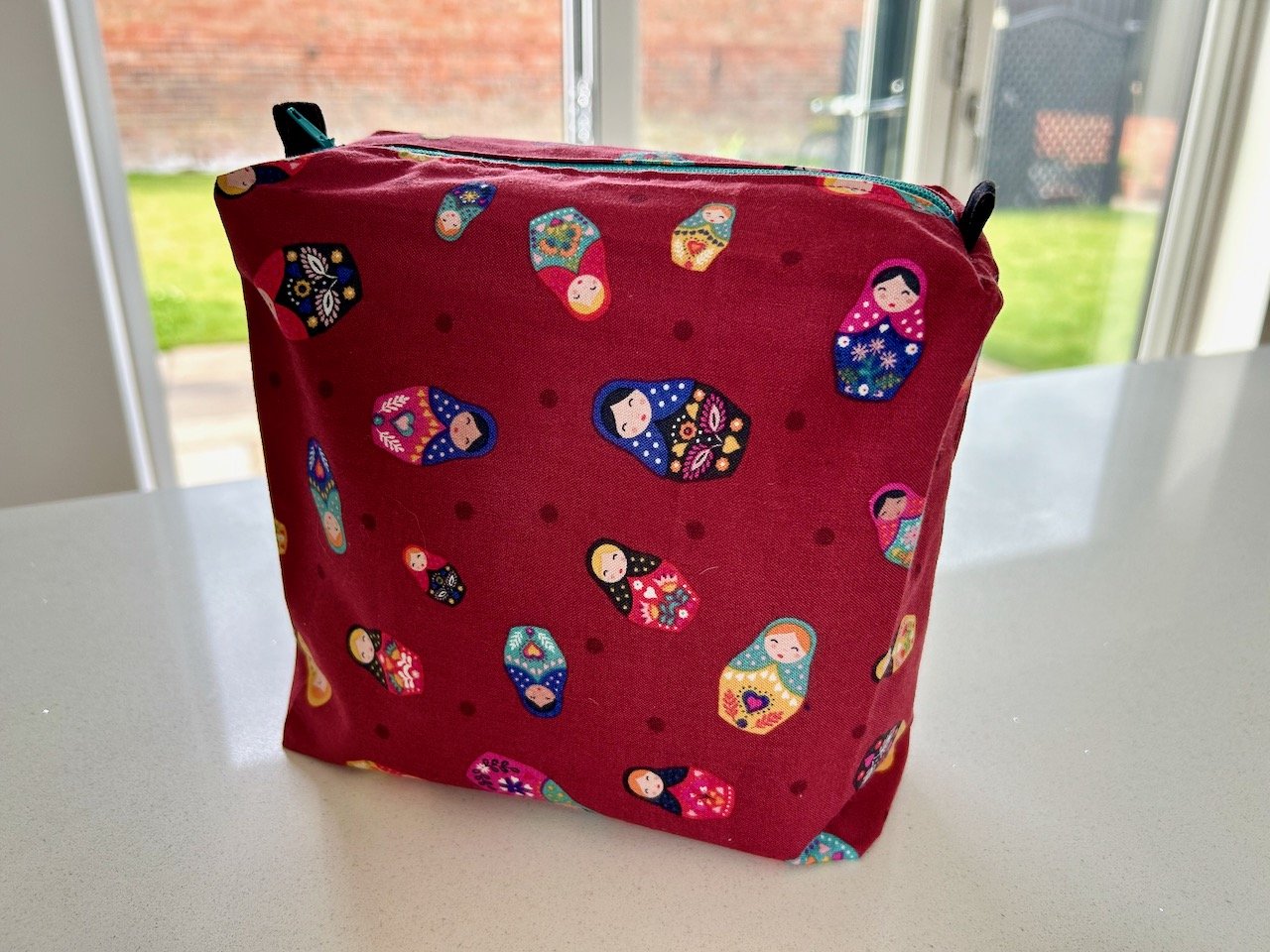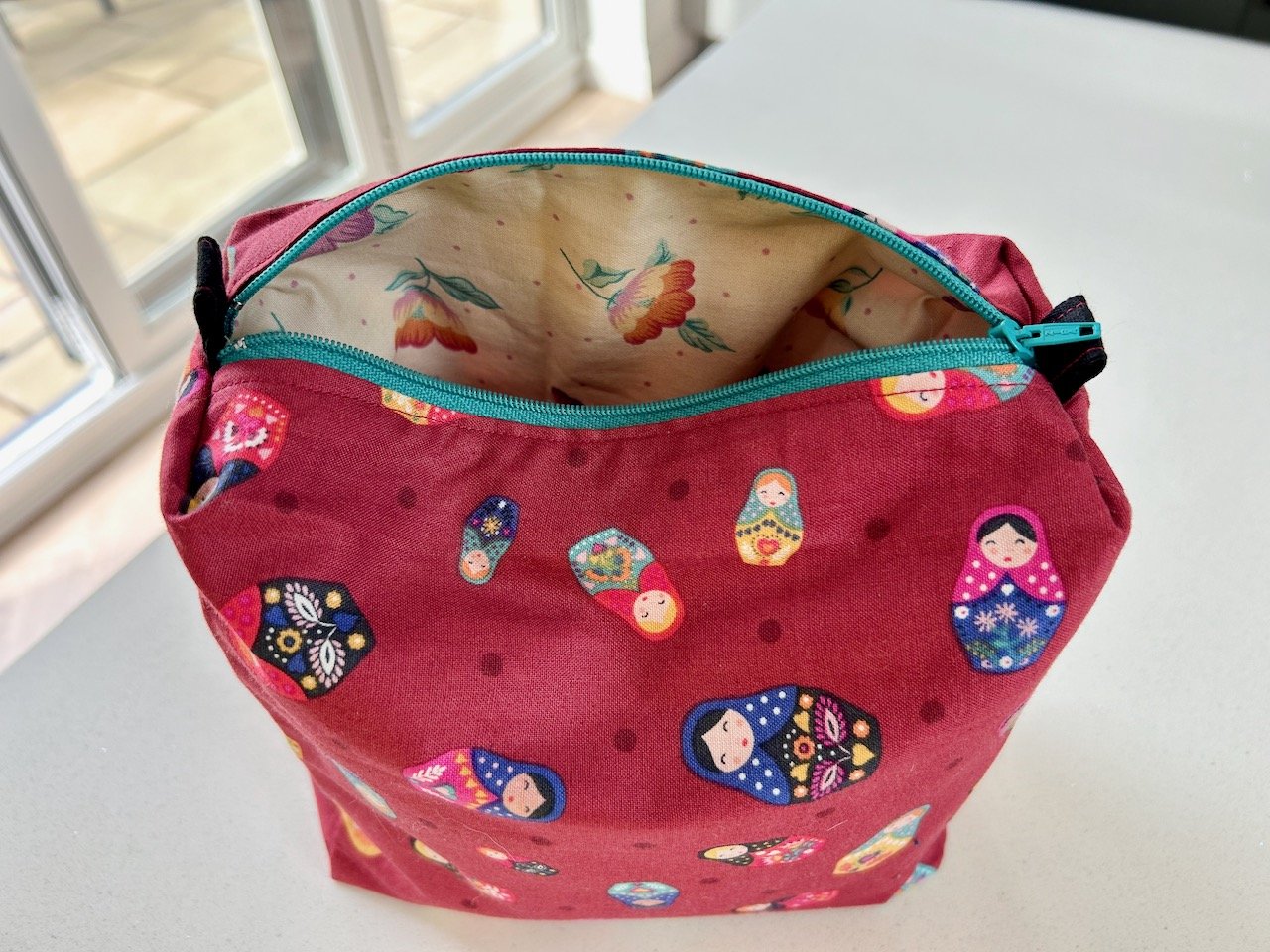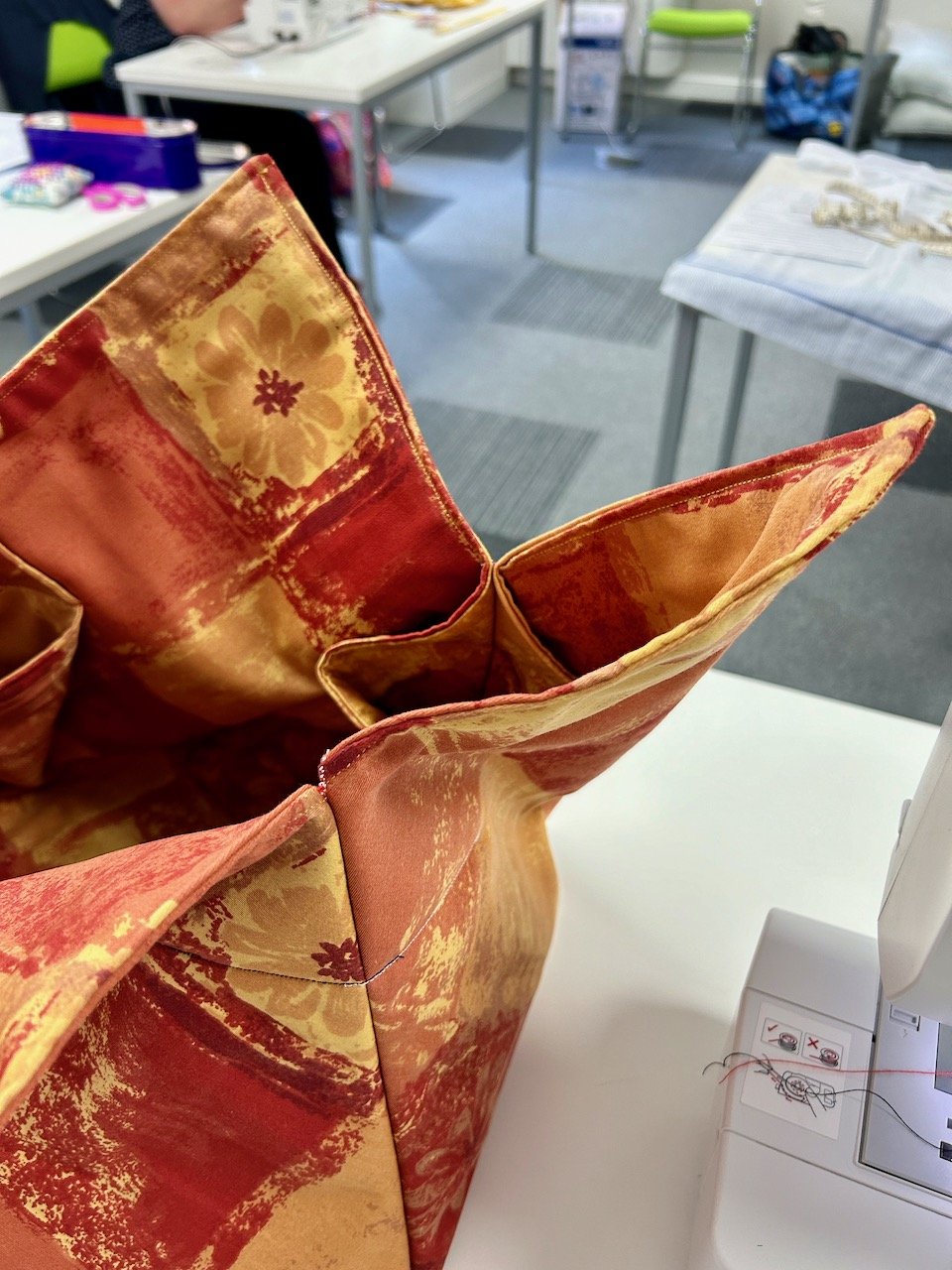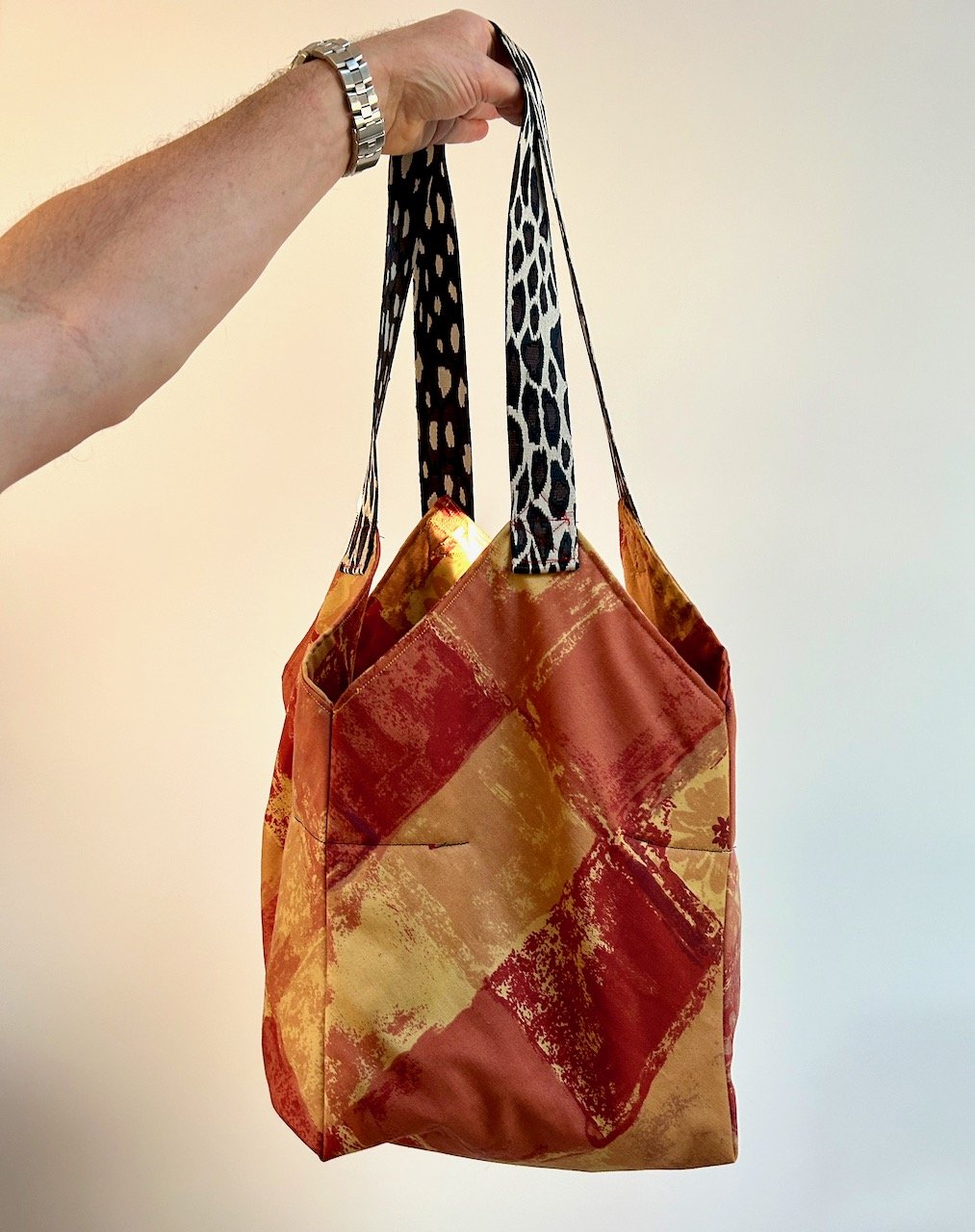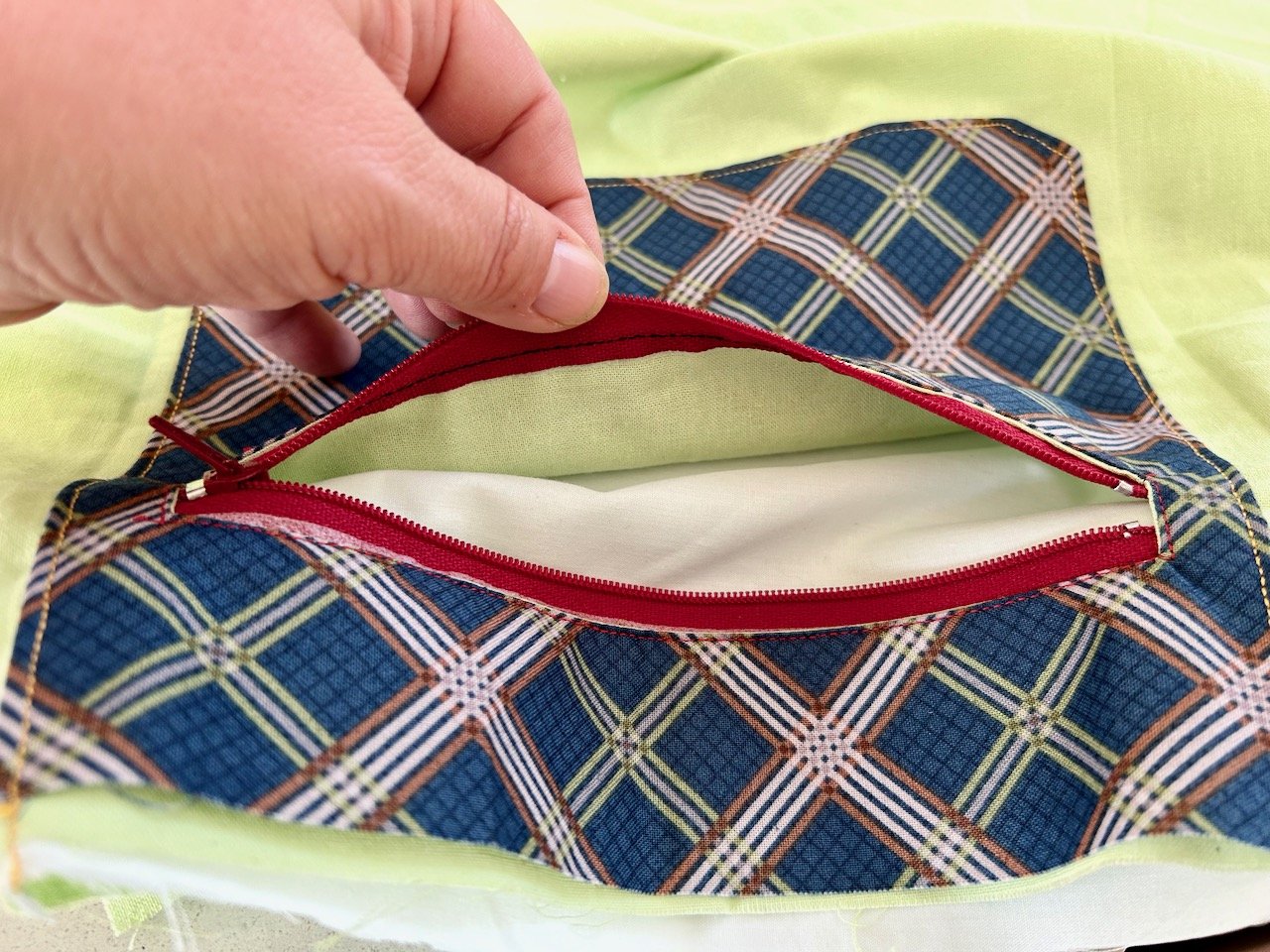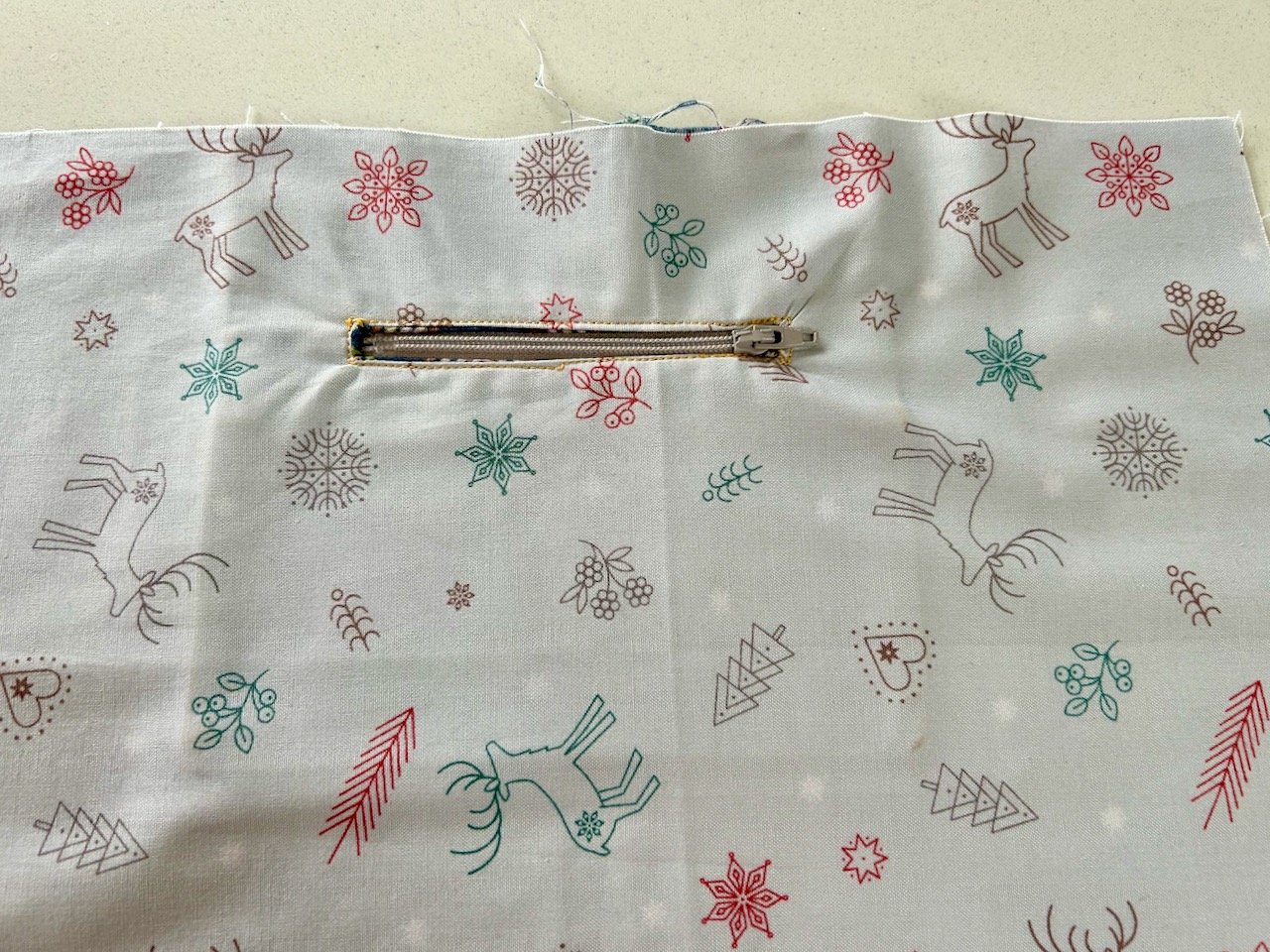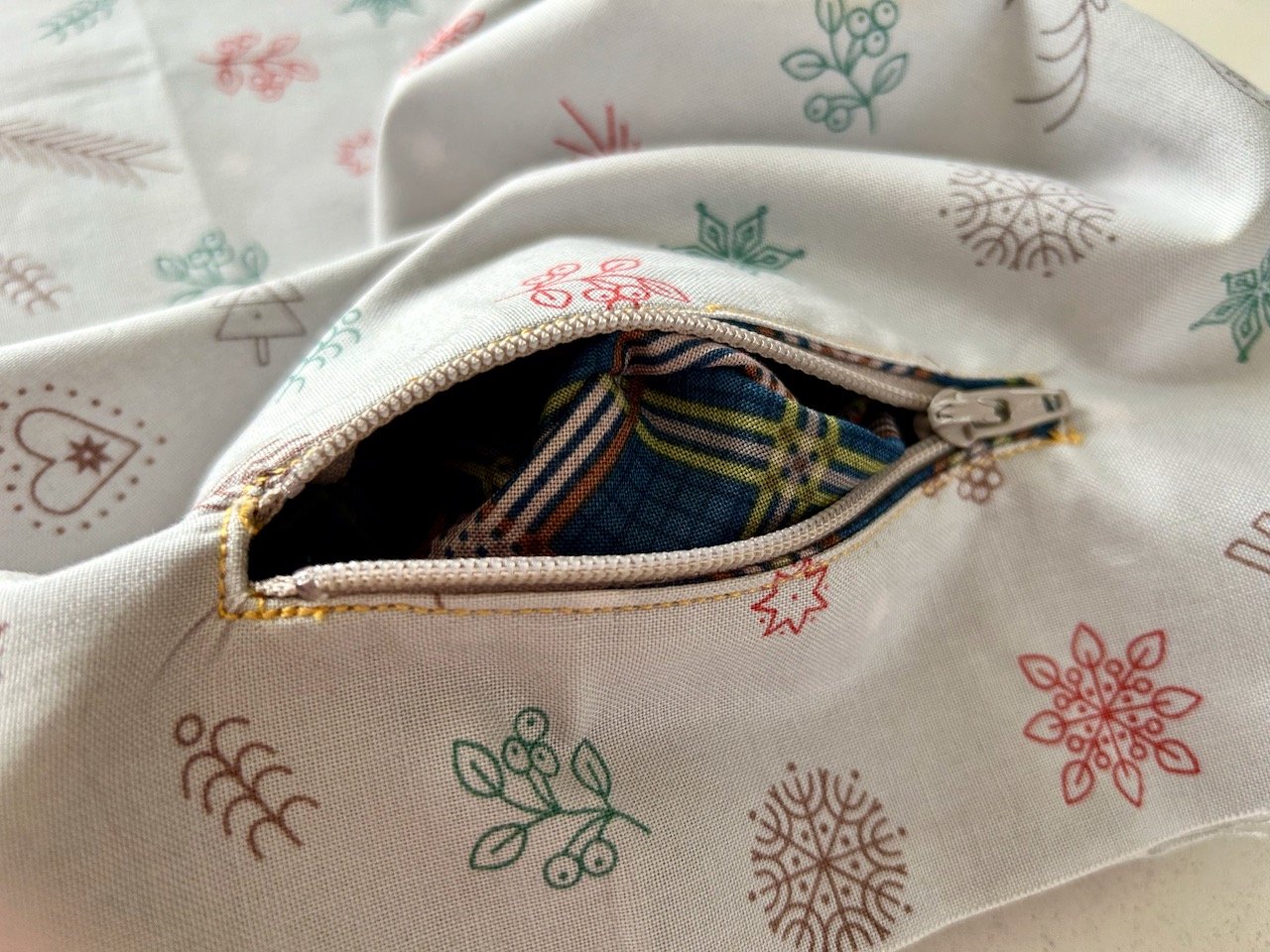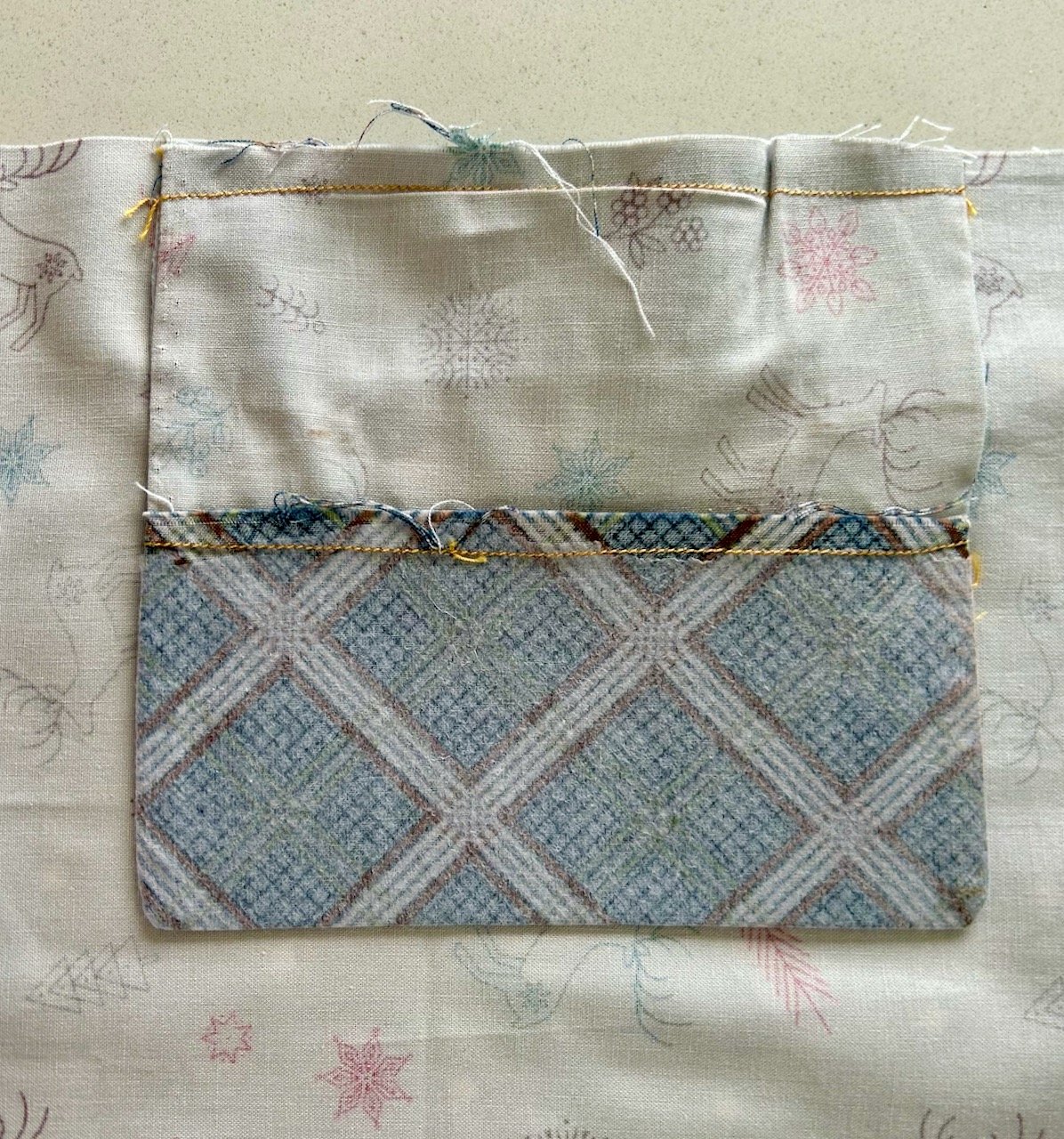And doesn’t that sound grand?
Well technically I did, and it was easier than I expected, but it was at a workshop I booked on, and so I had a fair bit of help and lots of guidance. To be honest dyeing wool isn’t something I was brave enough to try for the first time at home, and in reality I don’t think it’ll be something I’ll do at home in the future either, but it was great to try it out and to get a greater understanding of the process. Clearly dyeing one or two skeins, is way easier and much less effort than doing anything even remotely ‘in bulk’ and so my hat goes off to the small businesses where dyeing wool is their thing, they are truly amazing.
I’d seen on Instagram stories that the wool shop in Nottingham where holding workshops, and had one coming up that piqued my interest, and so that’s how I came to dye my own yarn. I spent a couple of hours in their workshop room chatting to the shop’s new owner, while MOH ran a few errands and enjoyed a solo coffee.
Unusually for me I actually had a plan for what I wanted to do with my newly dyed yarn; I’d seen a short sleeved jumper in a knitting magazine a week or so before which had caught my eye. It’s knitted in the round and it has a decorative slip stitch pattern with a multicoloured yarn - I think there’s was named hydrangea and the main colour of the jumper was a delicate pastel green. But as I’m never one for following the colours in patterns, that didn’t faze me, nor did attempting anything in the round.
I have another knitting project on the go, which has been put aside for the summer, so the actual knitting part shouldn’t cause me any issues either. Before I learnt to crochet, I was a knitter - and I’ve knitted many complex patterns in the past, though sadly I have none of these picture jumpers today. Oh how I wish I did!
But anyway, having a plan made a lot of sense as there were a lot of colours to choose from. I decided to go with colours I wear frequently - so pinks, greens, yellows and oranges, though I skipped the orange at the final moment.
The workshop included three 20g skeins and one 100g skeins, so I opted for the multi-coloured versions of the smaller skeins and a plainer - but not completely plain/solid colour - for the larger skein.
The smaller skeins were up first and they’d been soaking in a water and white vinegar solution to prepare them for taking up the dye, so placed on clingfilm and armed with my squeezy ‘ketchup’ bottles of dye I dabbed and dotted colour randomly along their lengths. I used four colours on the natural coloured yarn, two pinks and two greens.
Happy with the dye I dabbed and squirted on, the clingfilm was wrapped up and my skeins were off to the microwave to cook, and set the dye - who knew - while I set about putting a lot of mustard dye on the larger skein.
While I wanted it plainer, I didn’t want the mustard skein to be a uniform colour - that seemed a big ask for a first time dyer to be honest, and so I’m pleased with the variations that came out, and even the small area which has an element of darker green.
I think if anyone really wants a very precise colour, then it’s likely that this process isn’t for them and they should stick to large manufactured wool where they aim to deliver a standard colour for each and every ball of wool.
The skeins were wound and tied when they were mostly dry, but they needed to finish drying at home. I set them up over the clothes horse in our plant room, which is a lovely warm small room I use to dry my washing. It’s worth putting an old towel or some newspaper underneath as the water has to go somewhere, and gravity can take over.
And so I ended up with some pretty colourful skeins of yarn, and I’m more than happy with that.
I realised though that I needed twice the amount of mustard yarn, I could have added an extra large skein to my workshop had I given it more thought in advance but I hadn’t, and in the back of my mind I was sure I had a mustard skein of yarn at home, which I probably should use before buying even more yarn…
Thing is though when I checked, it was the wrong colour mustard - a more brown pigment, still lovely but not a good match for this newer mustard. Then I saw another skein (yes I have a few) which was a better match for the mustard, but is more colourful than perhaps I’d like for this project.
But the tone is right, and so now I’m convincing myself that I can use these together. I think I can, but as I’m not starting just yet I’ve a little while longer to muse over this.
I think the plan will be to start with the third skein (on the right above) and then switch to the plainer mustard, using the multi-coloured skeins as planned for the decorative pattern. Well, I think that’s the plan, for now anyway!



